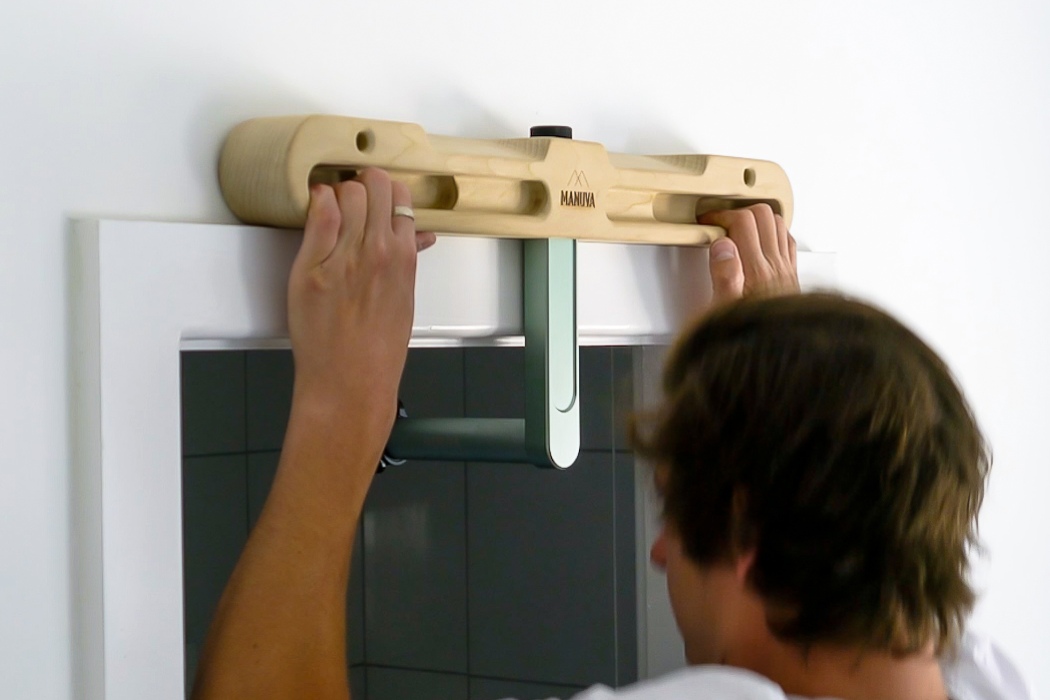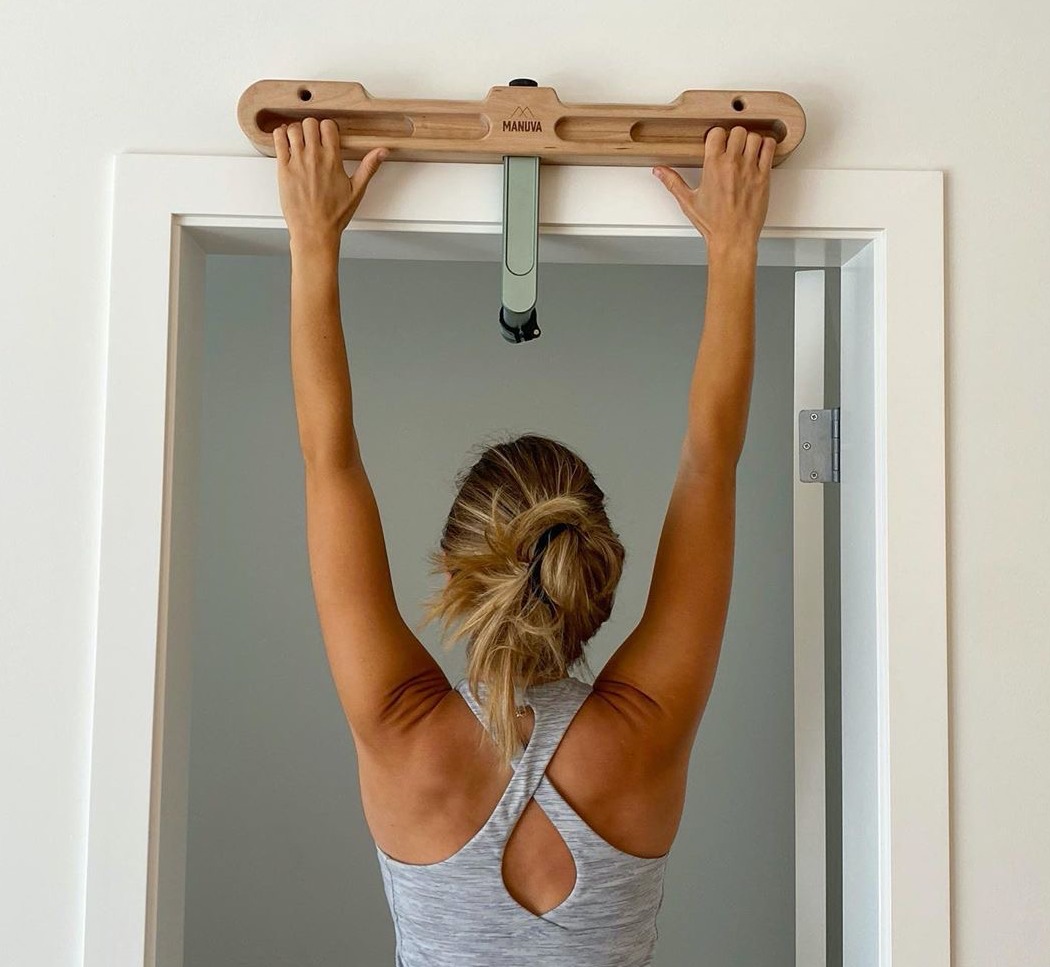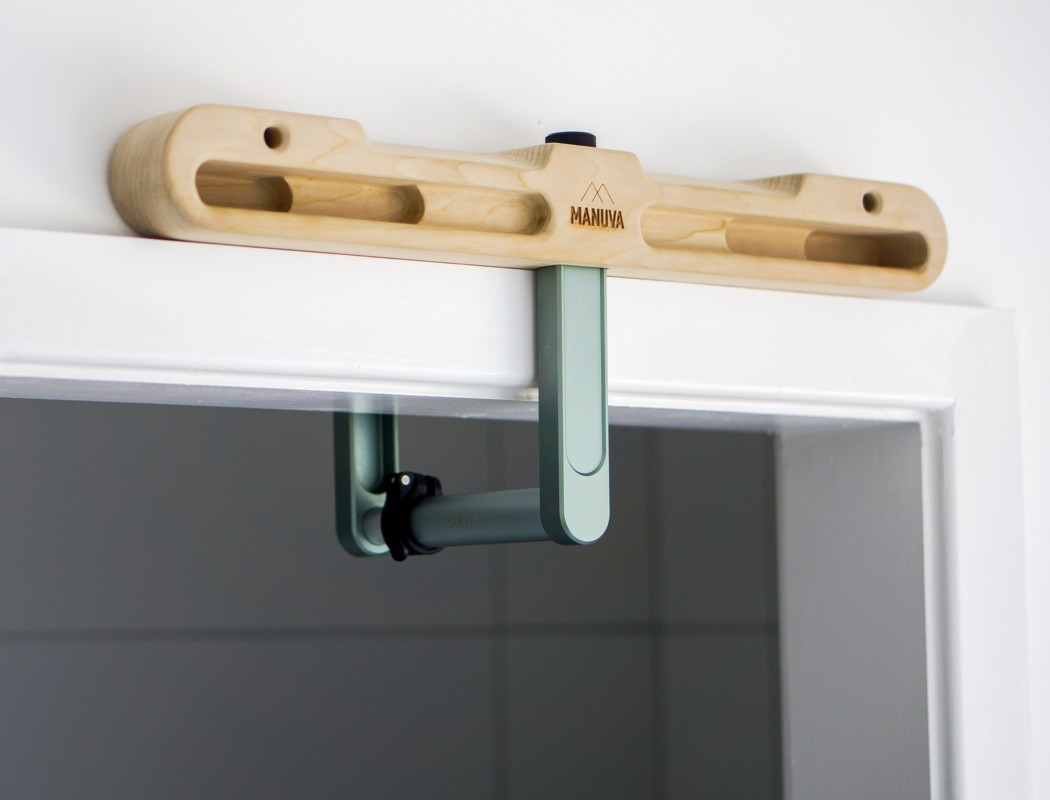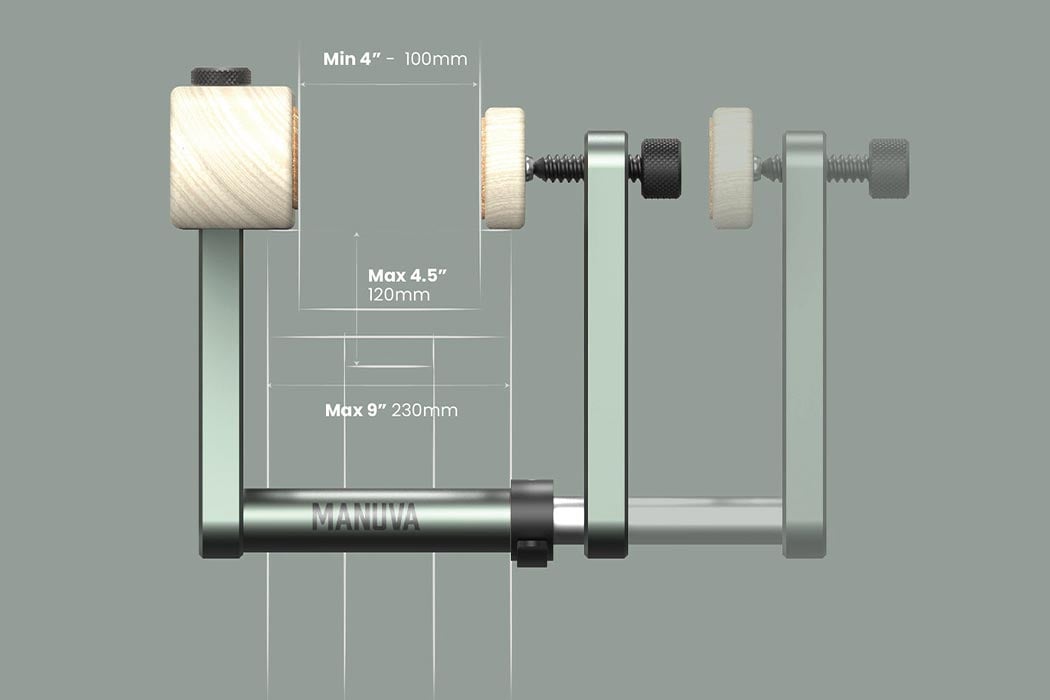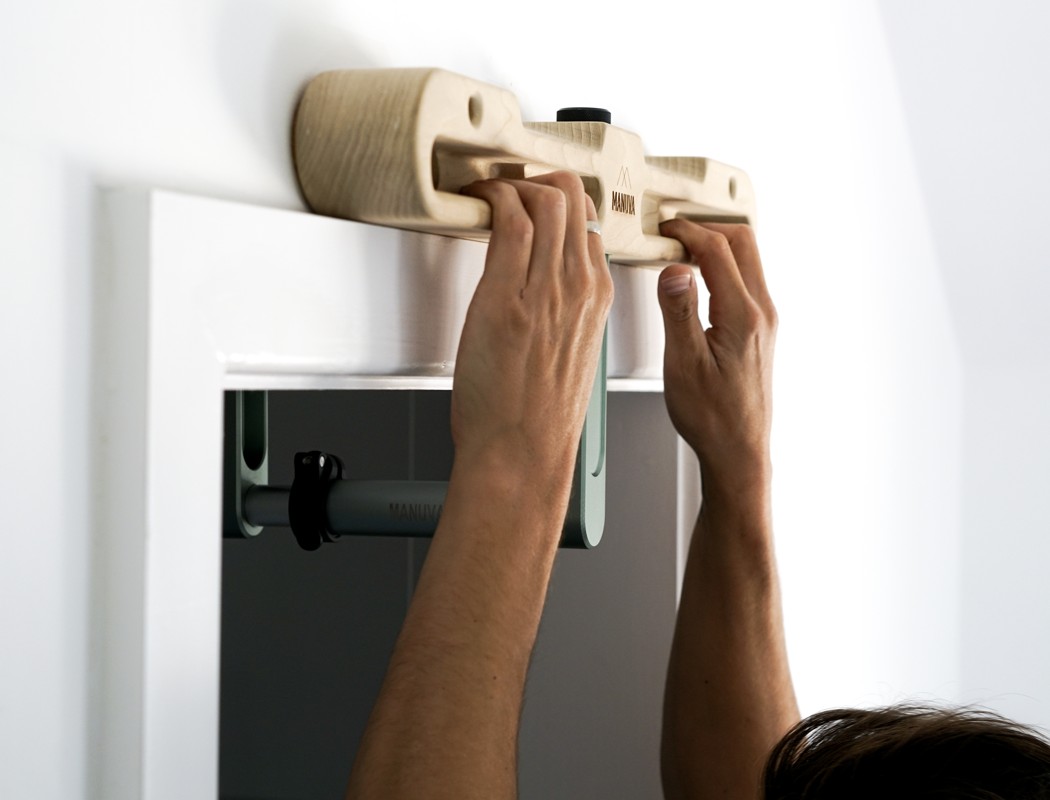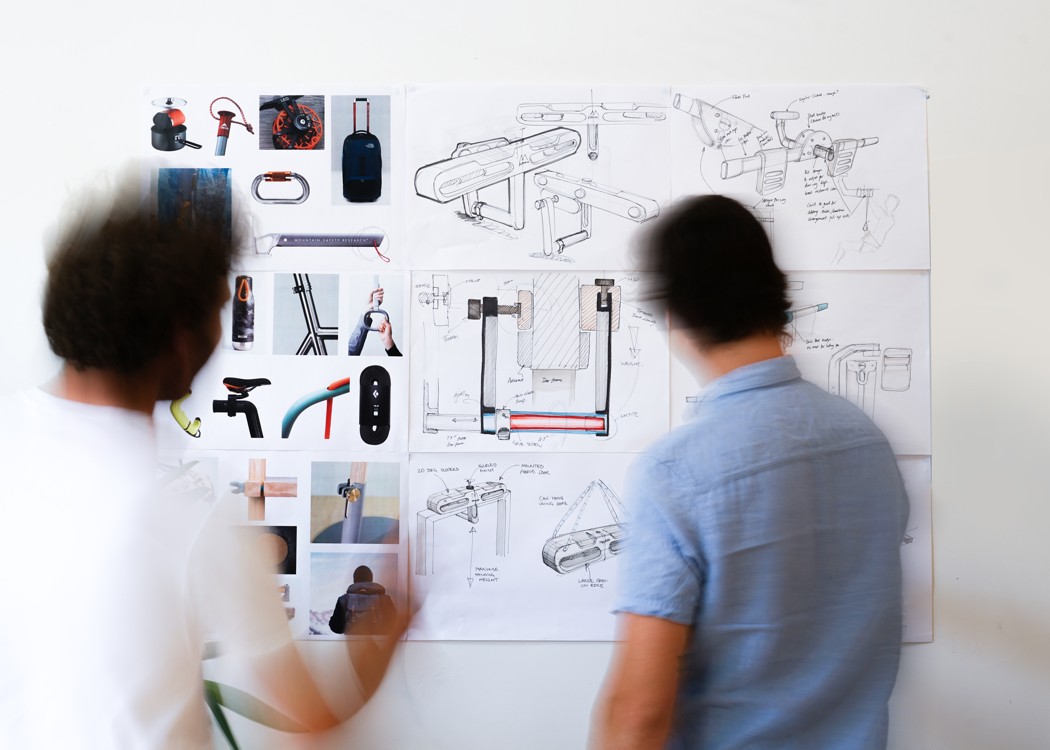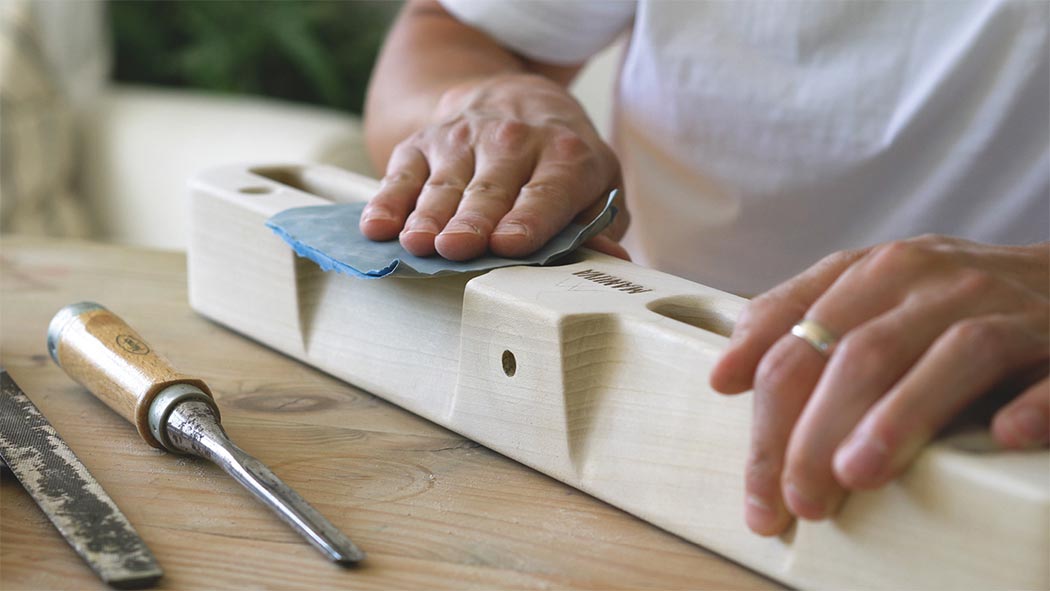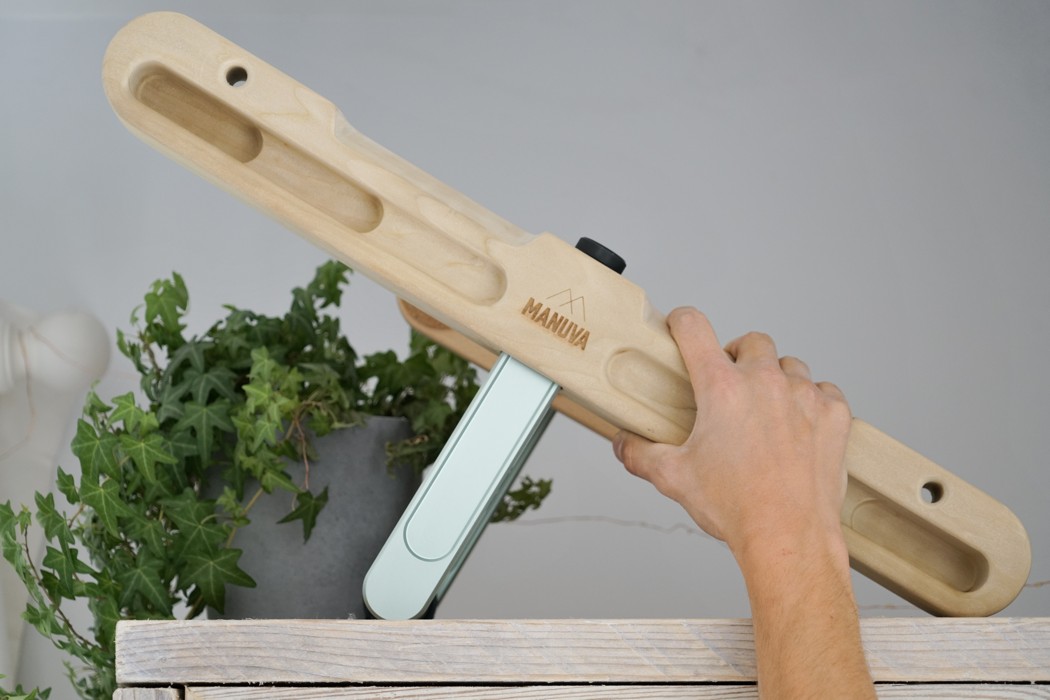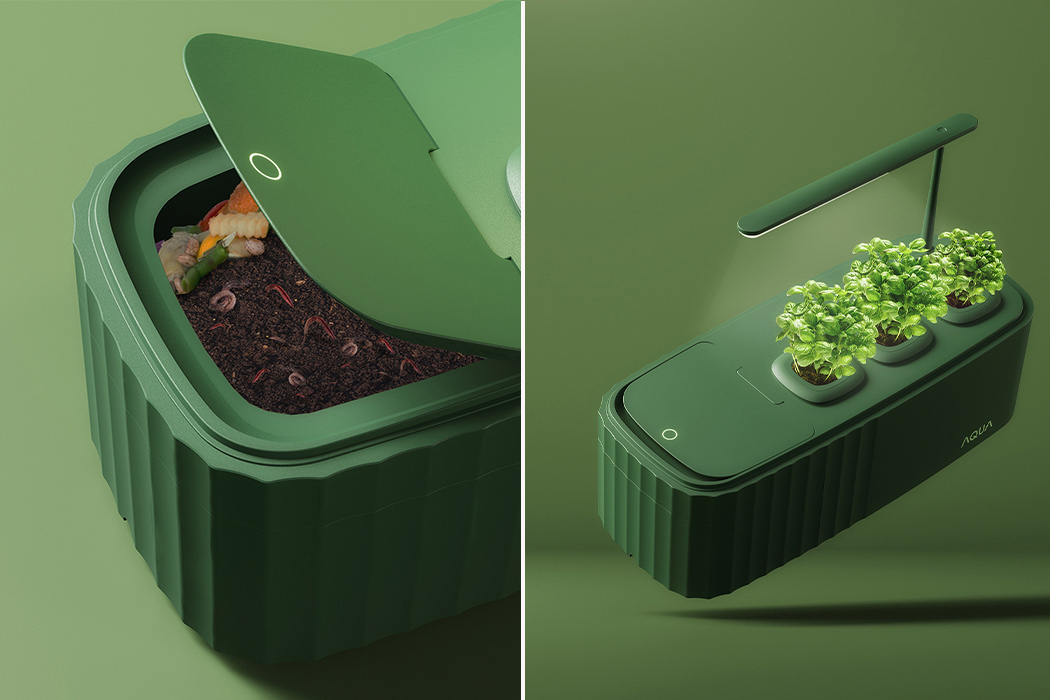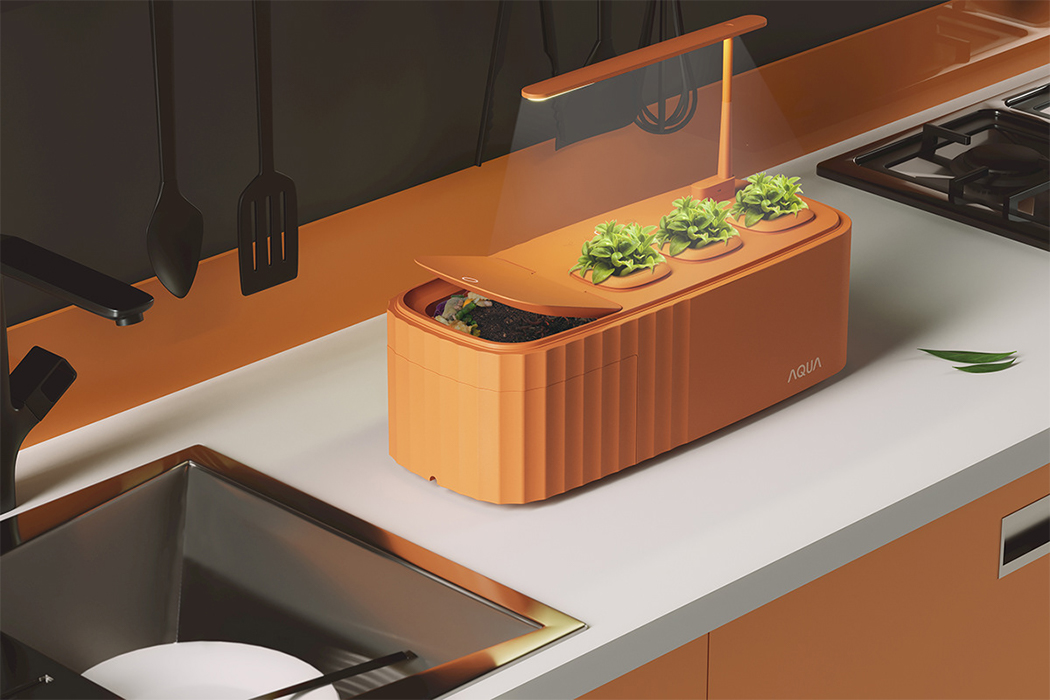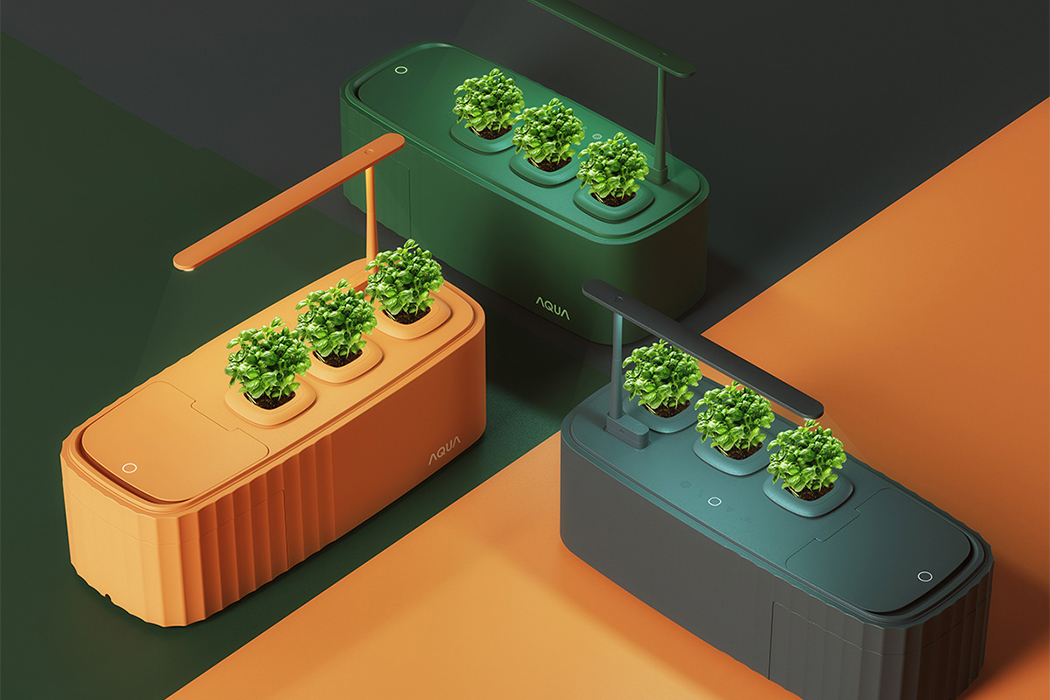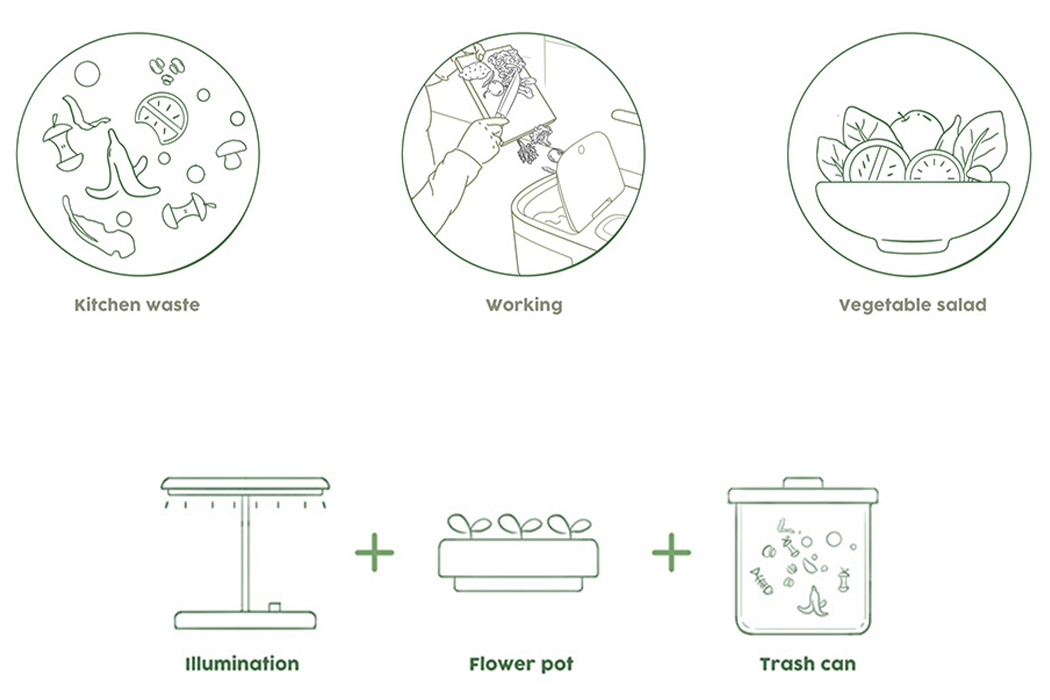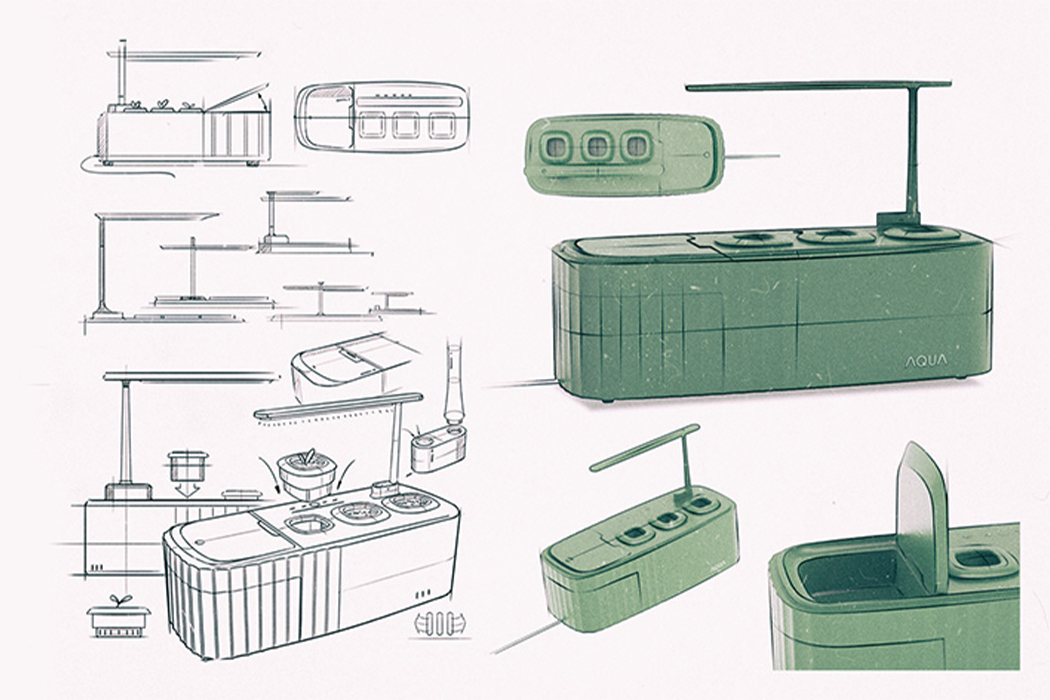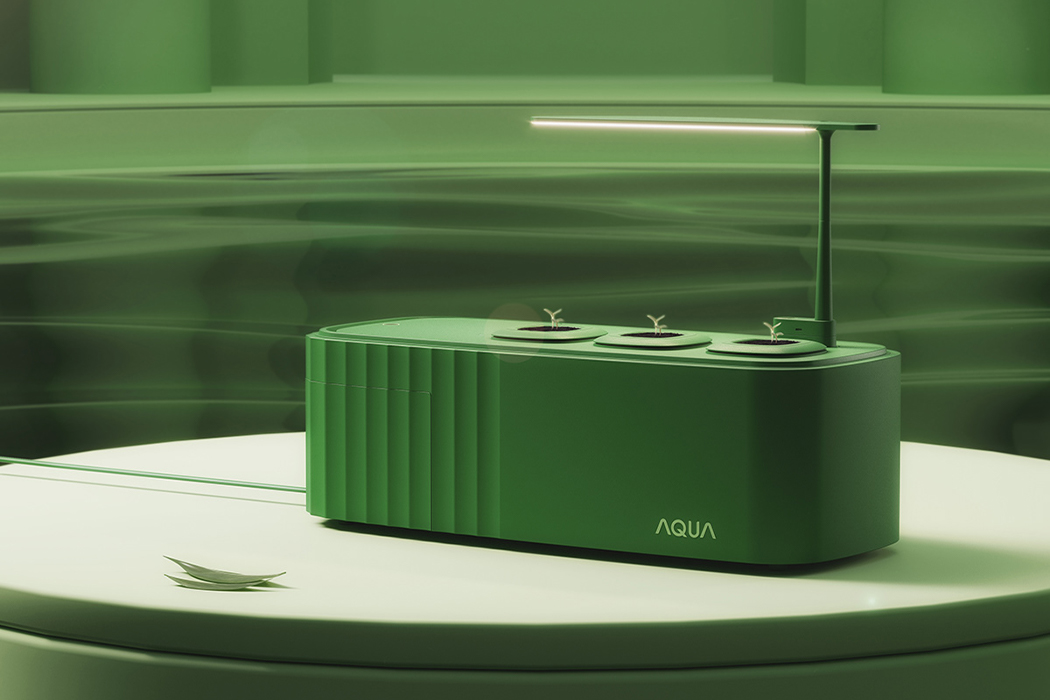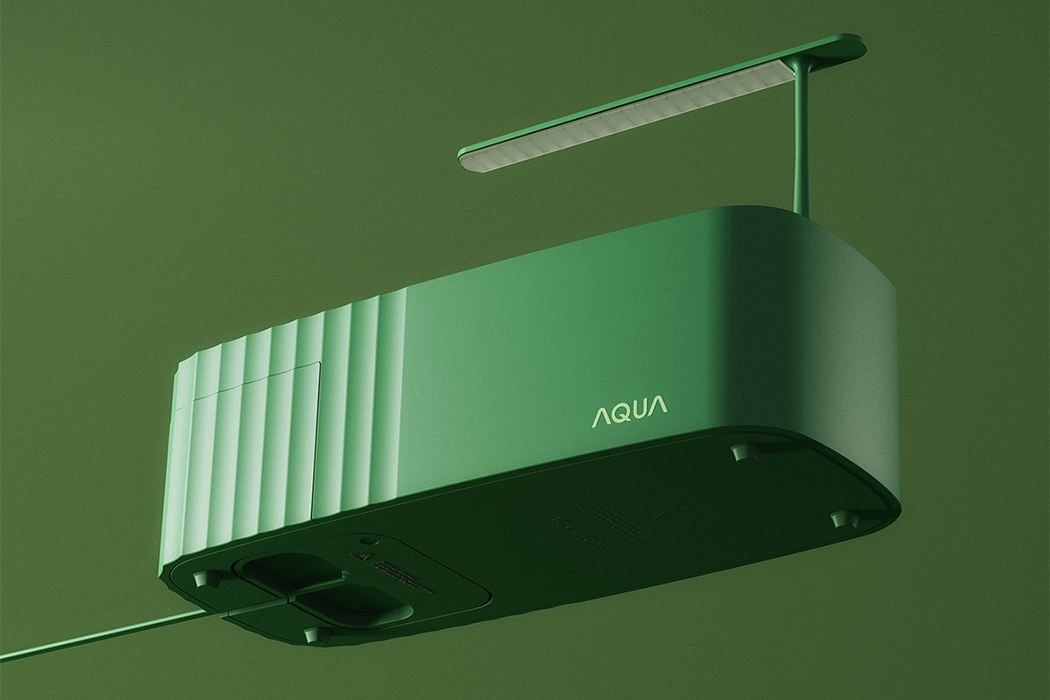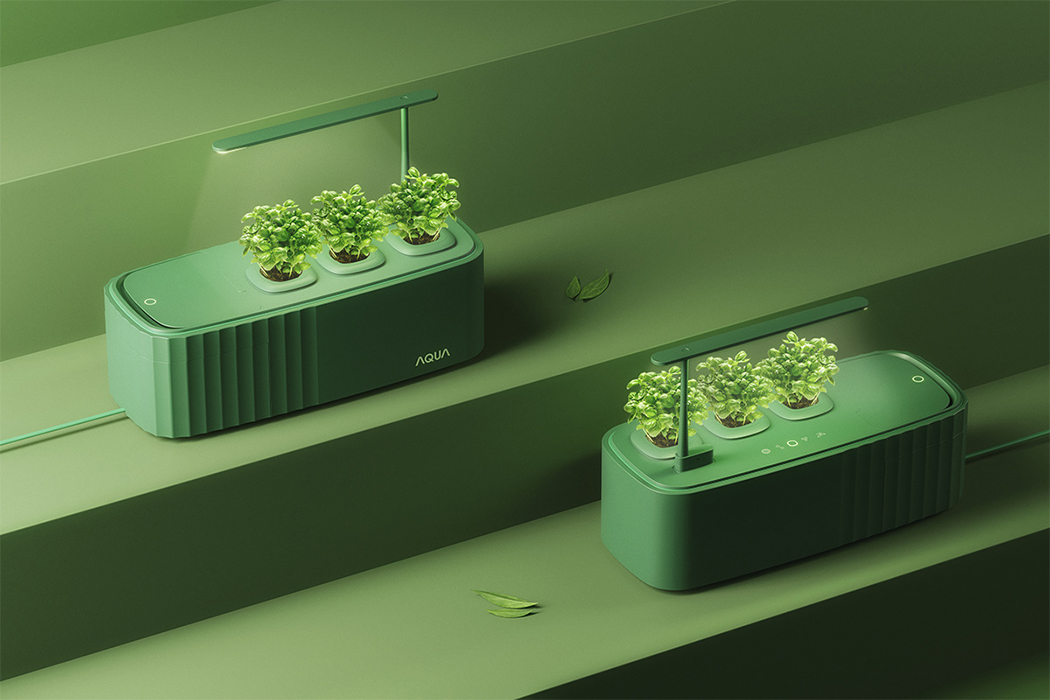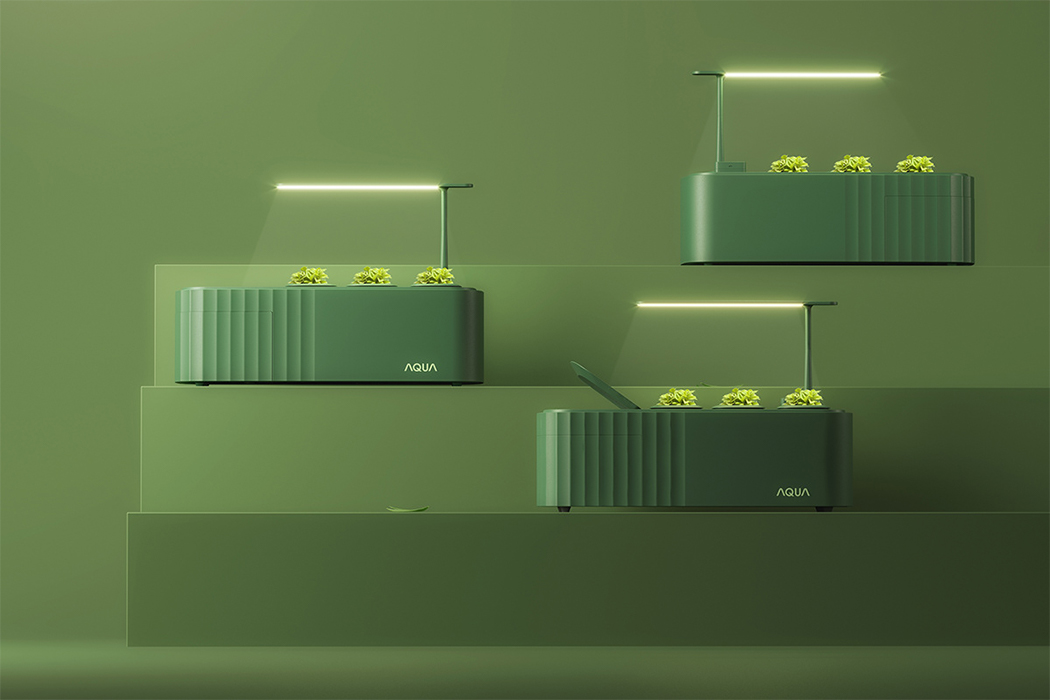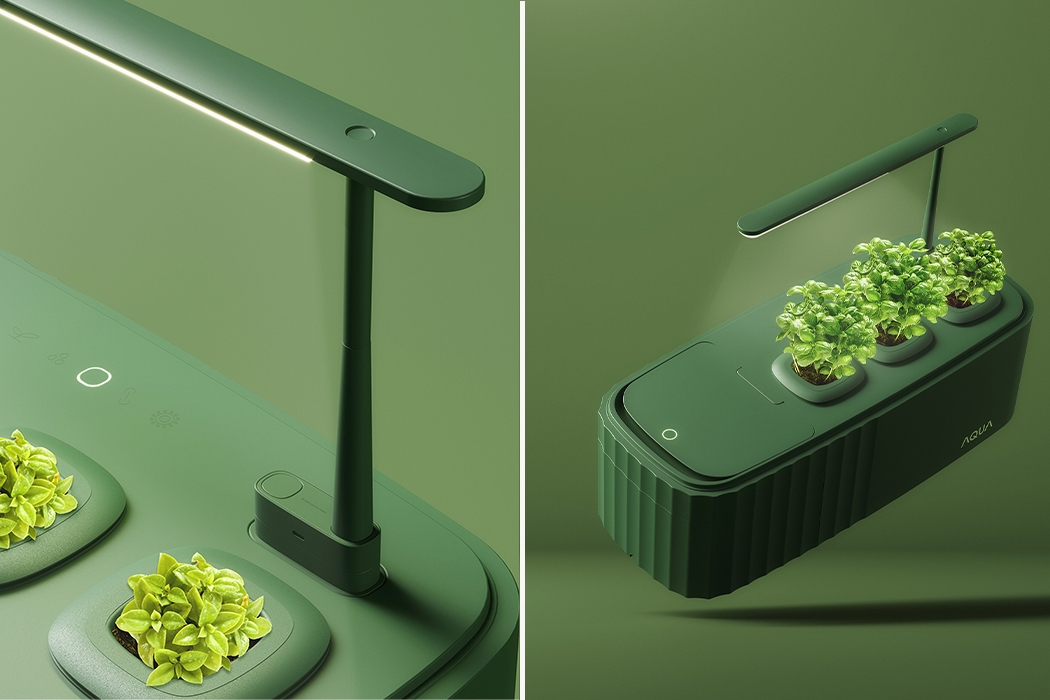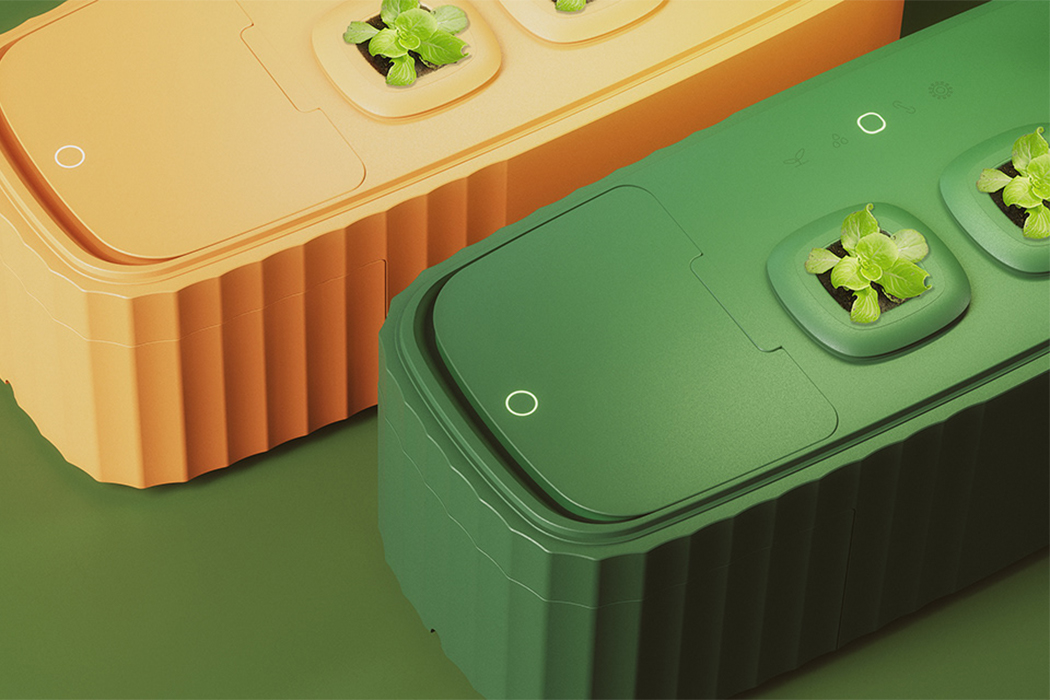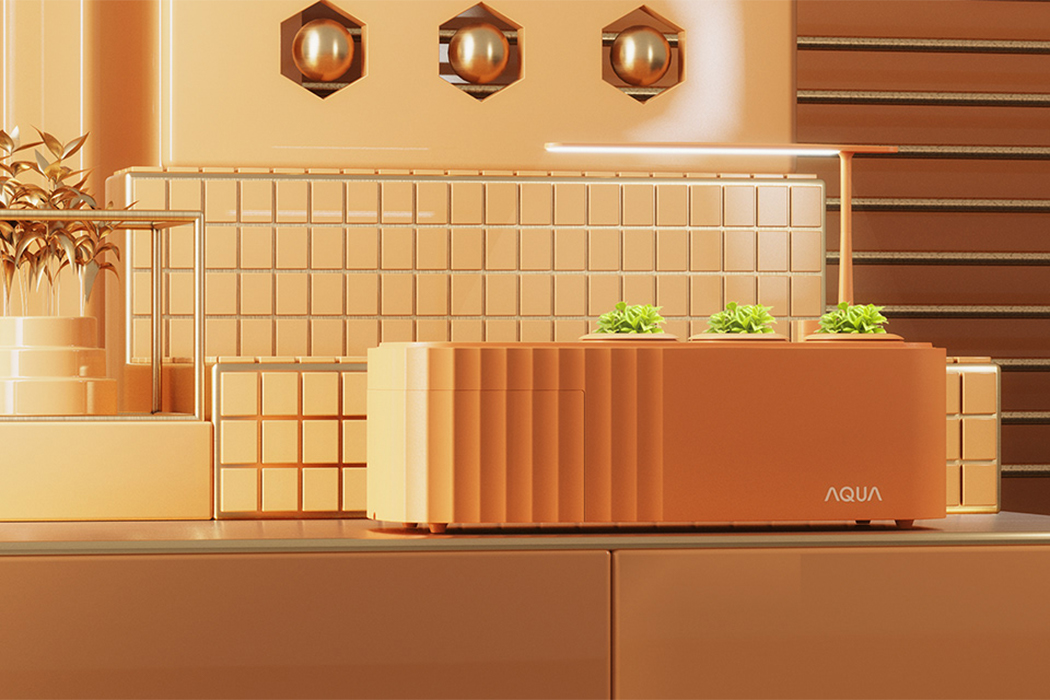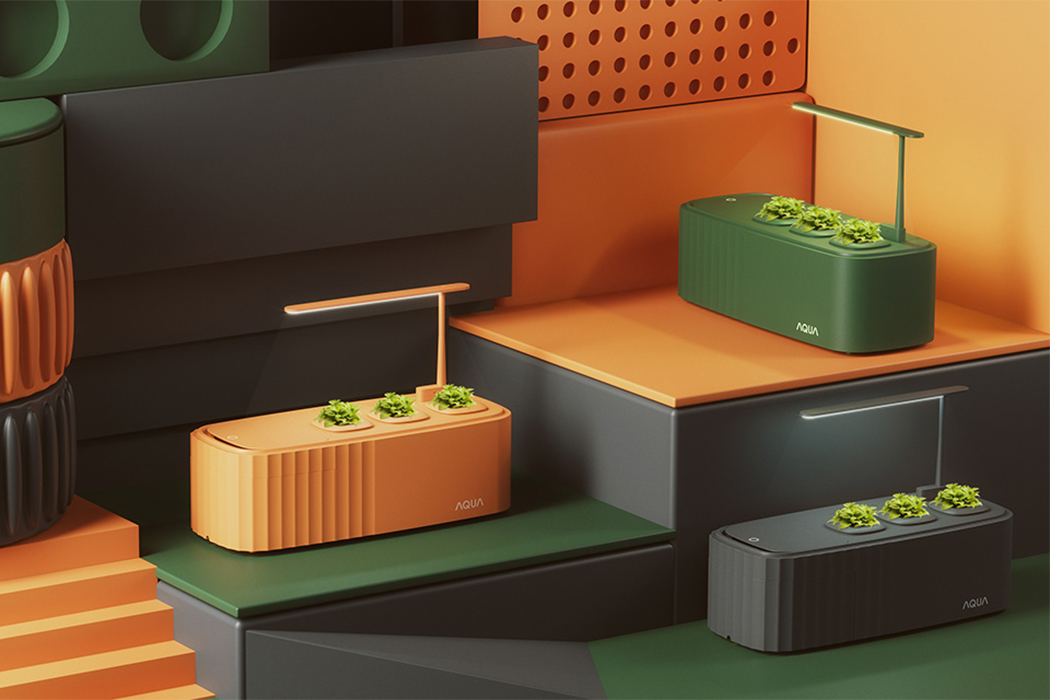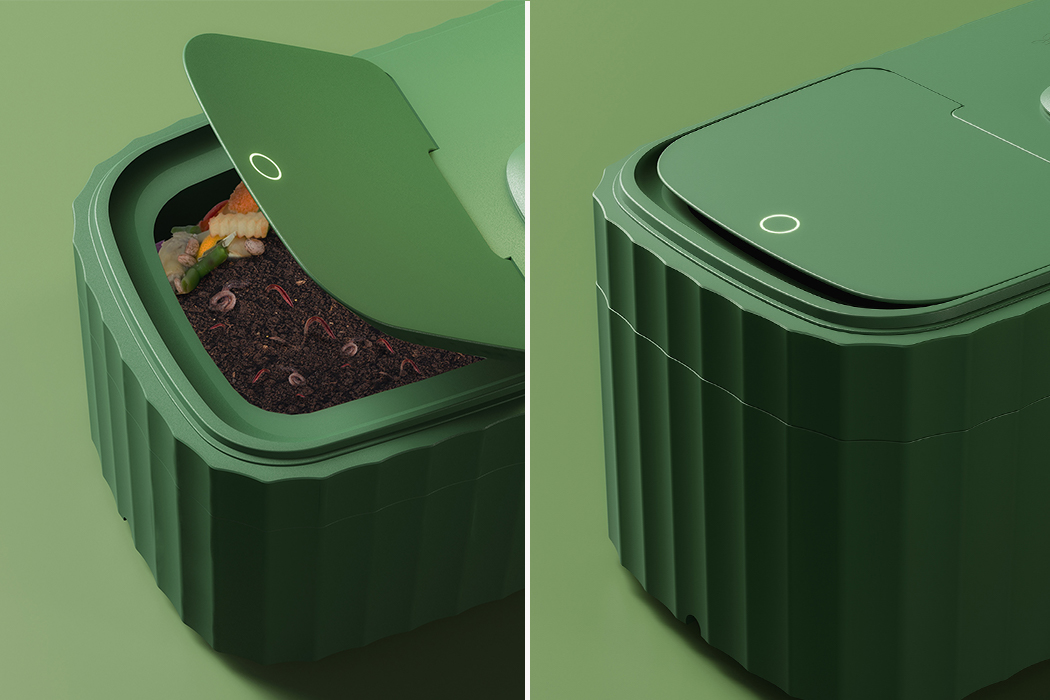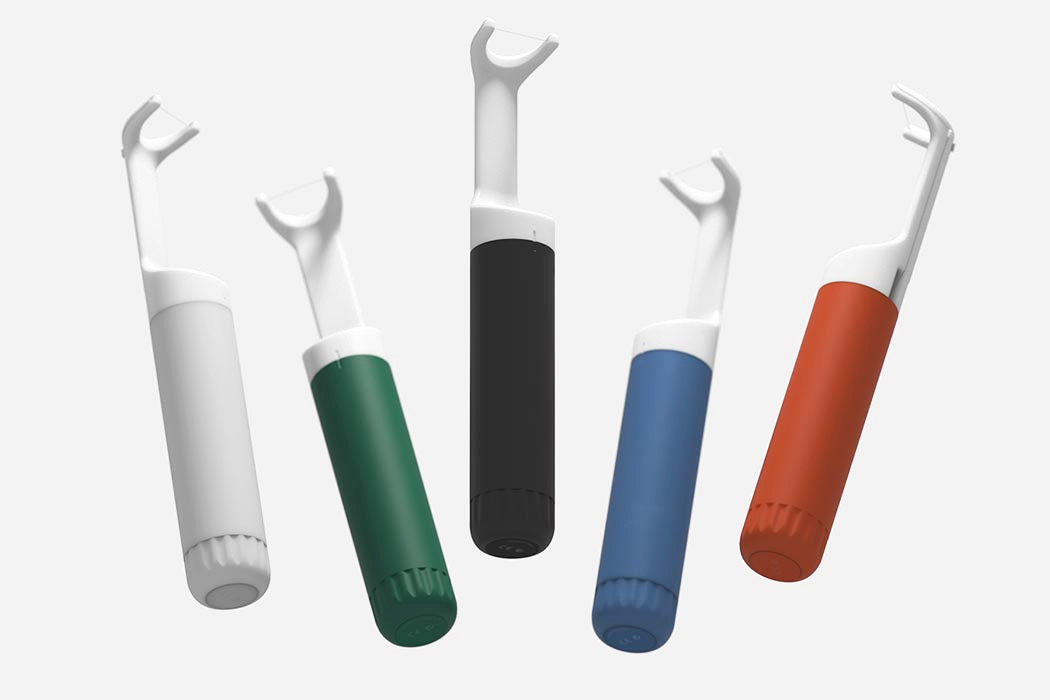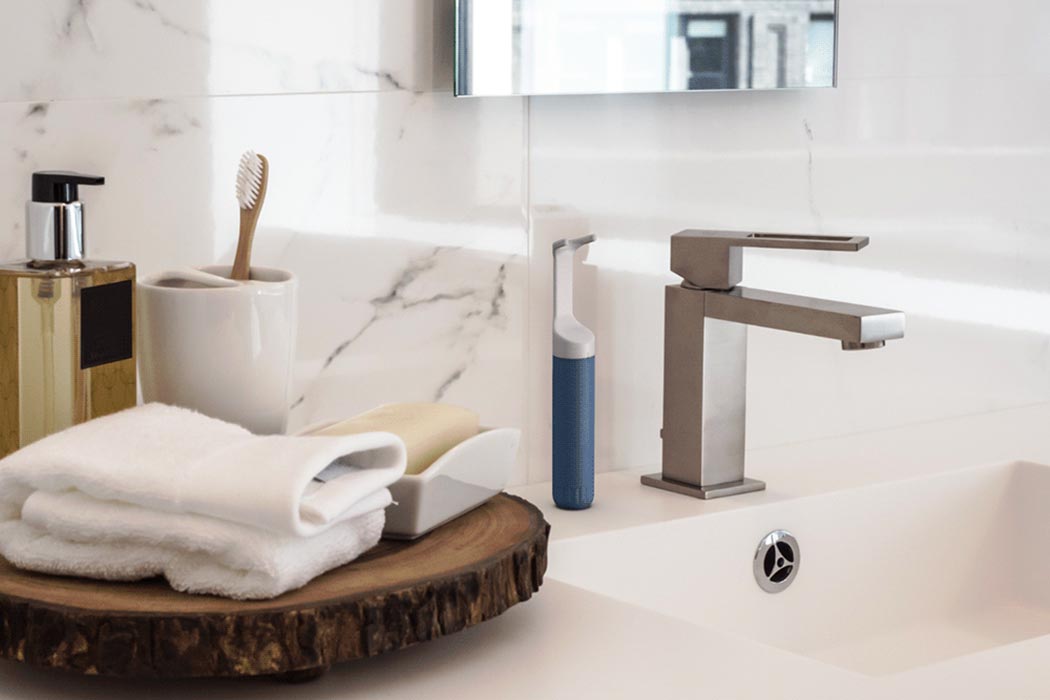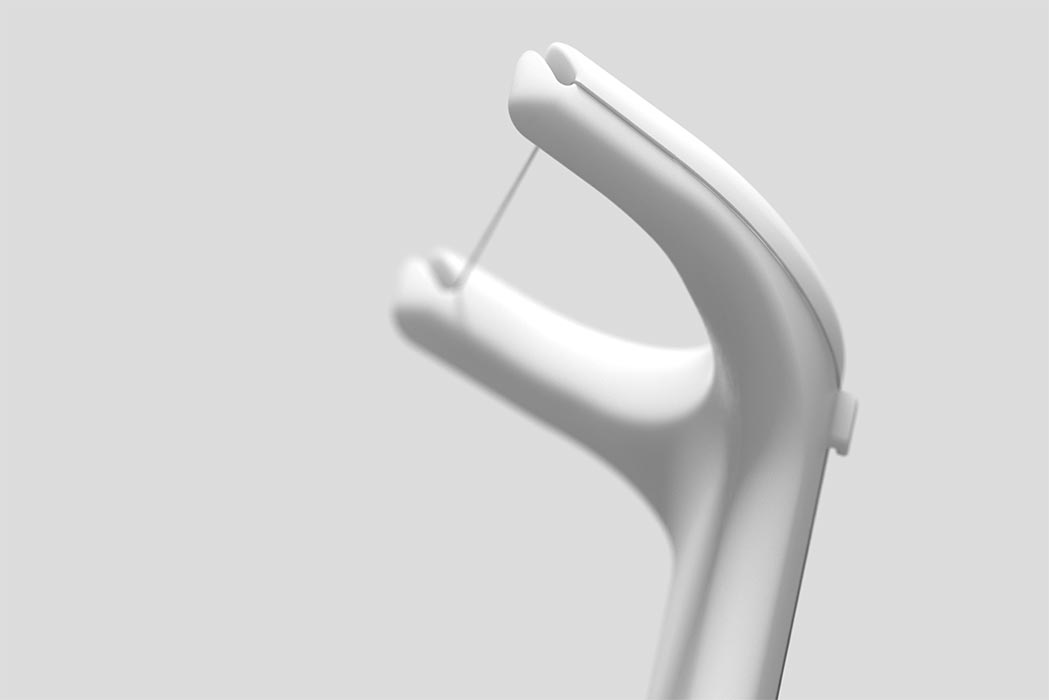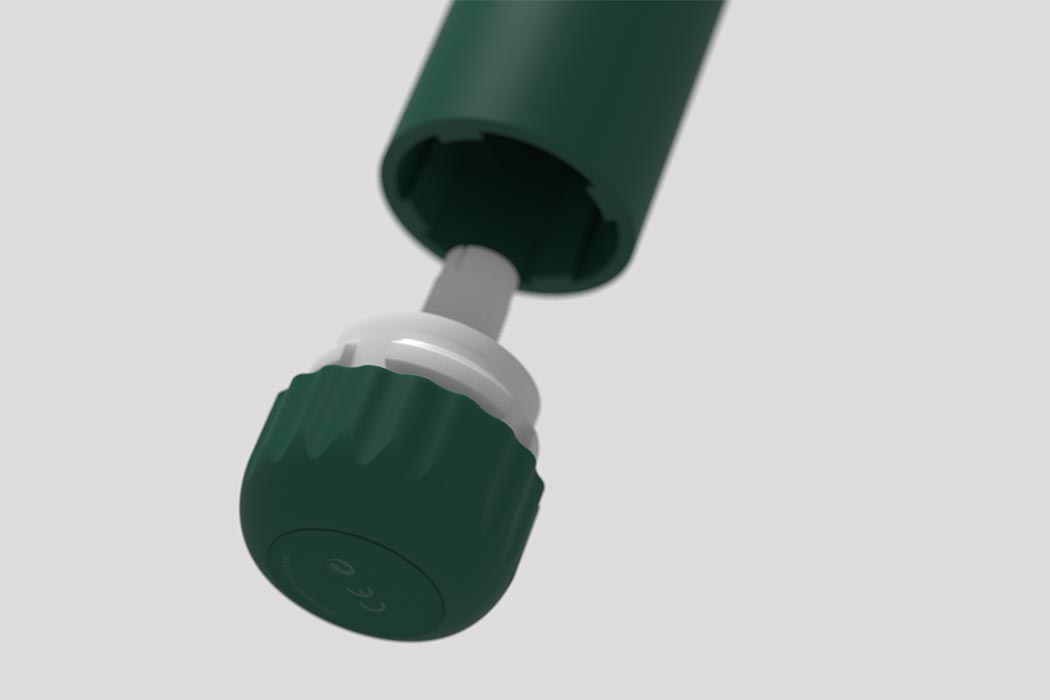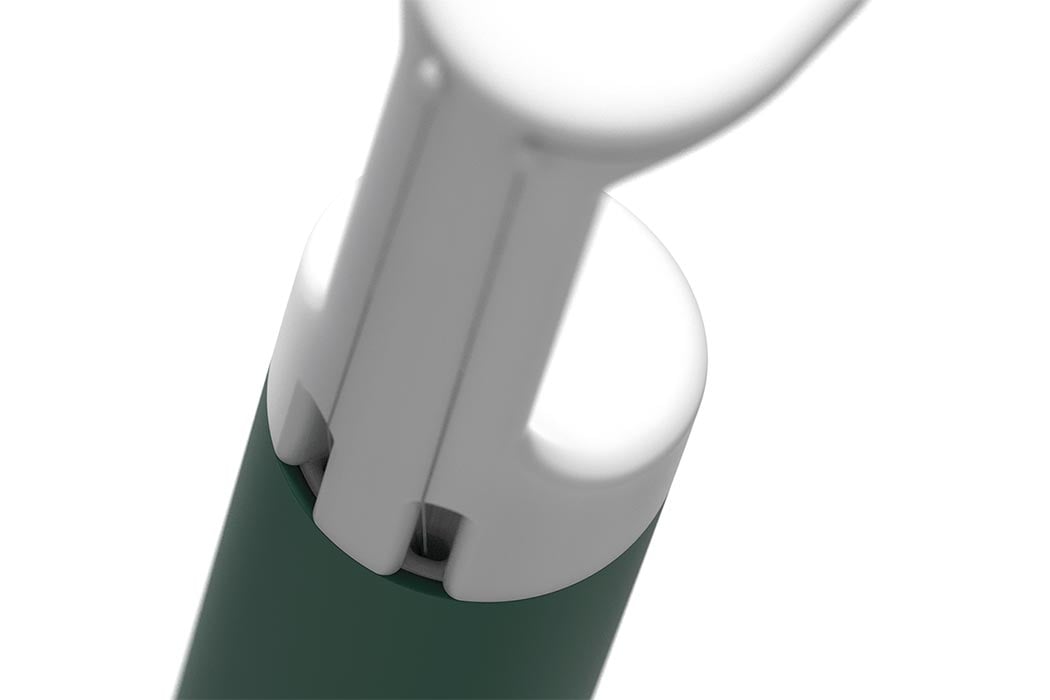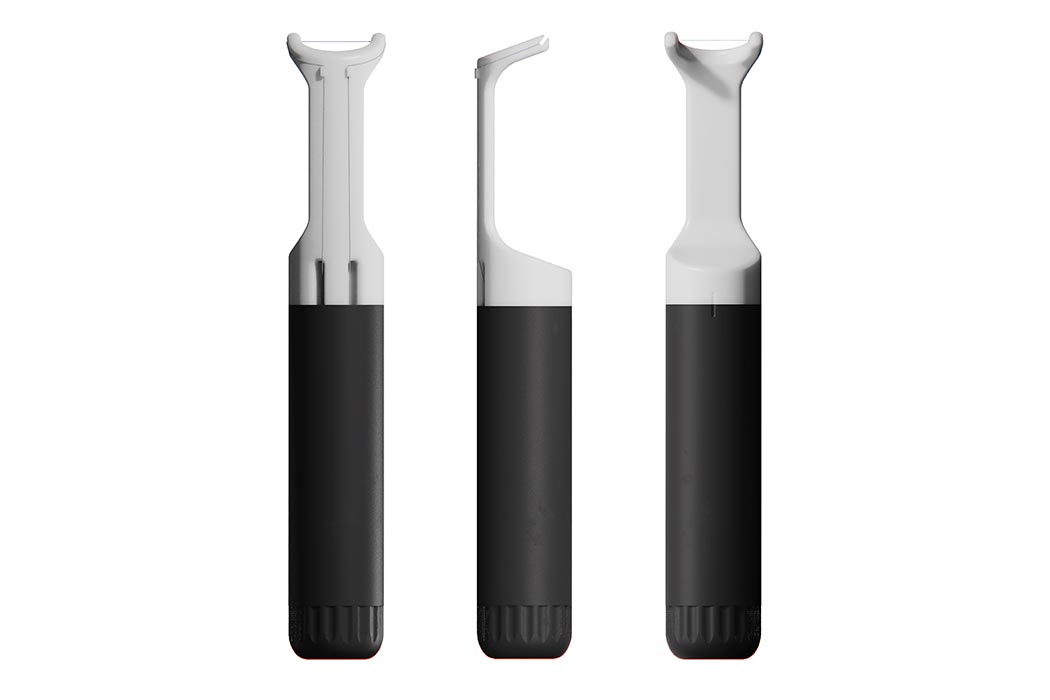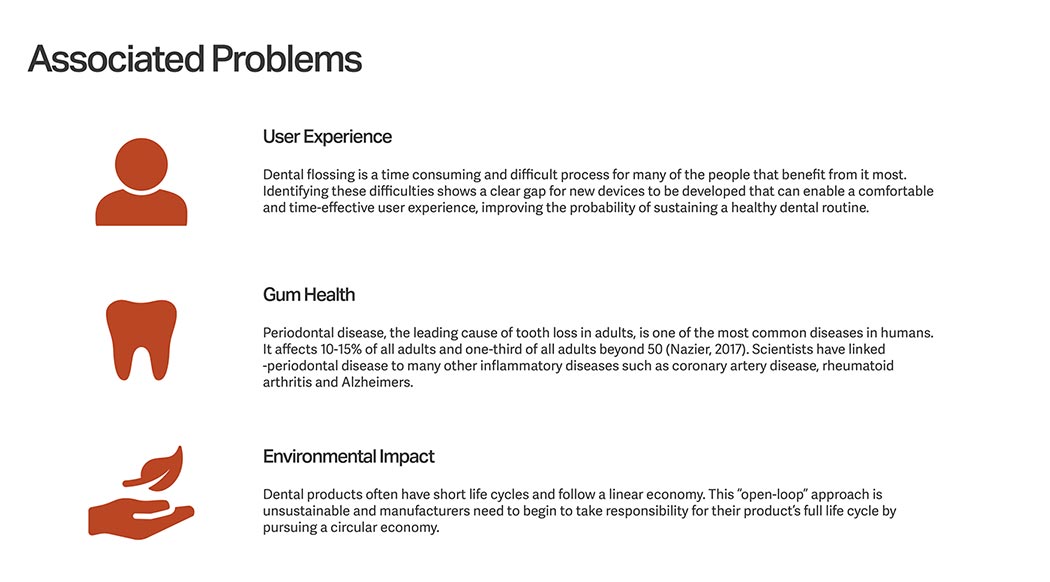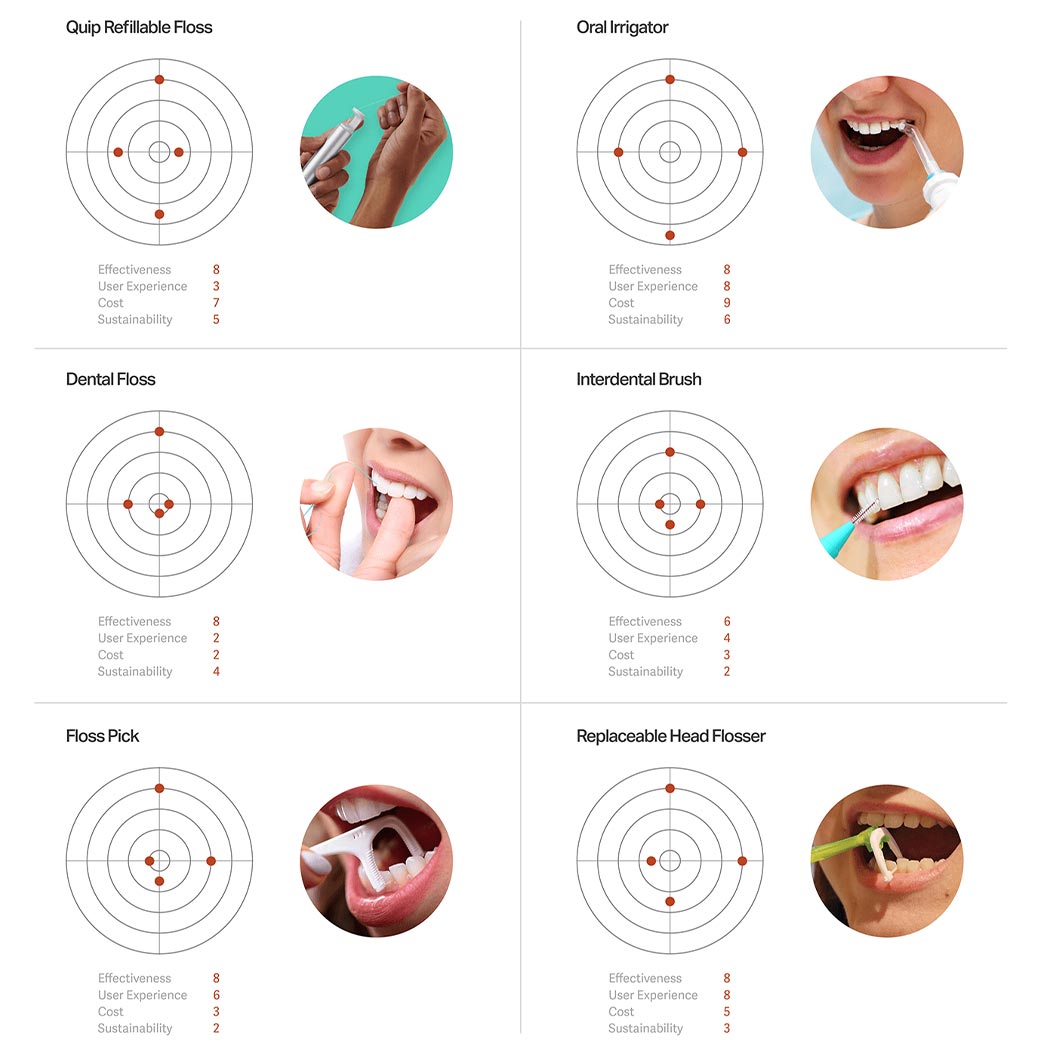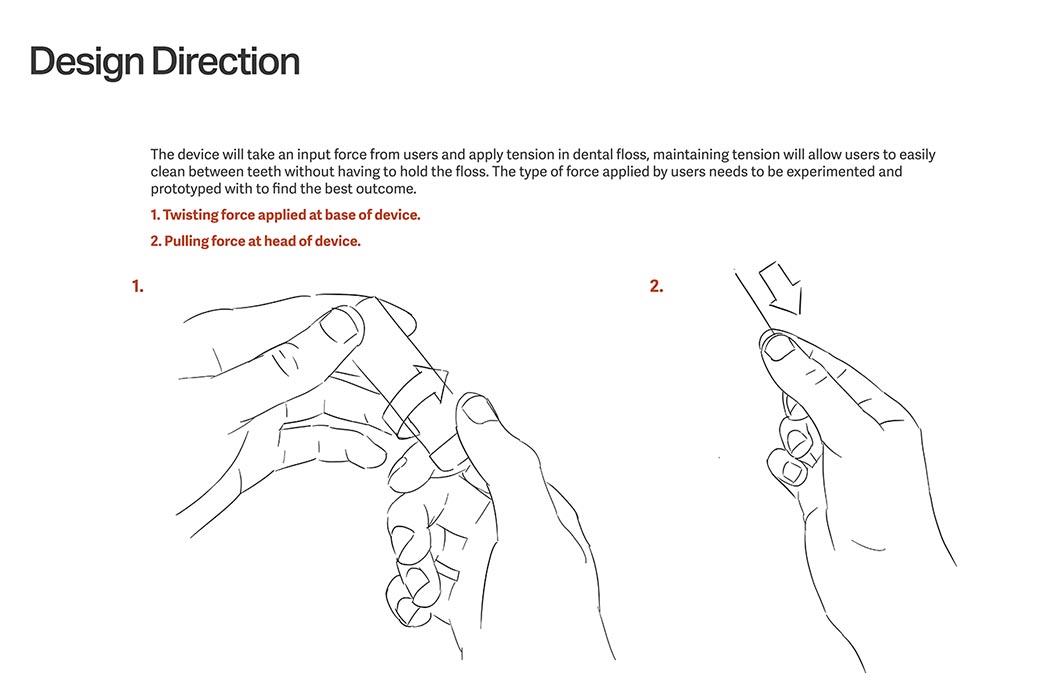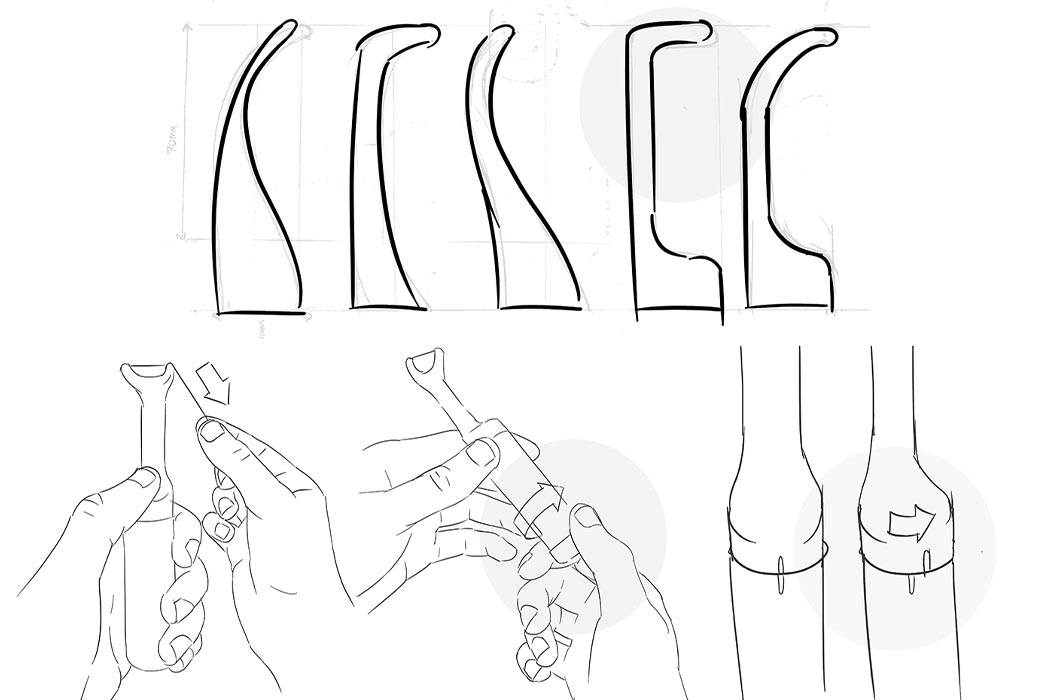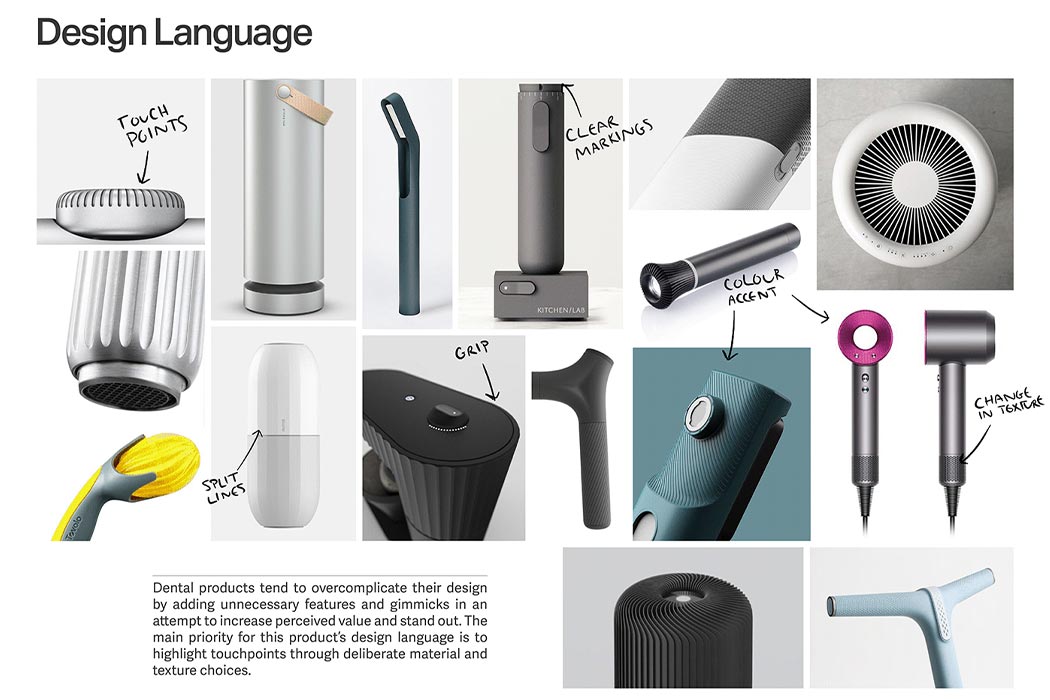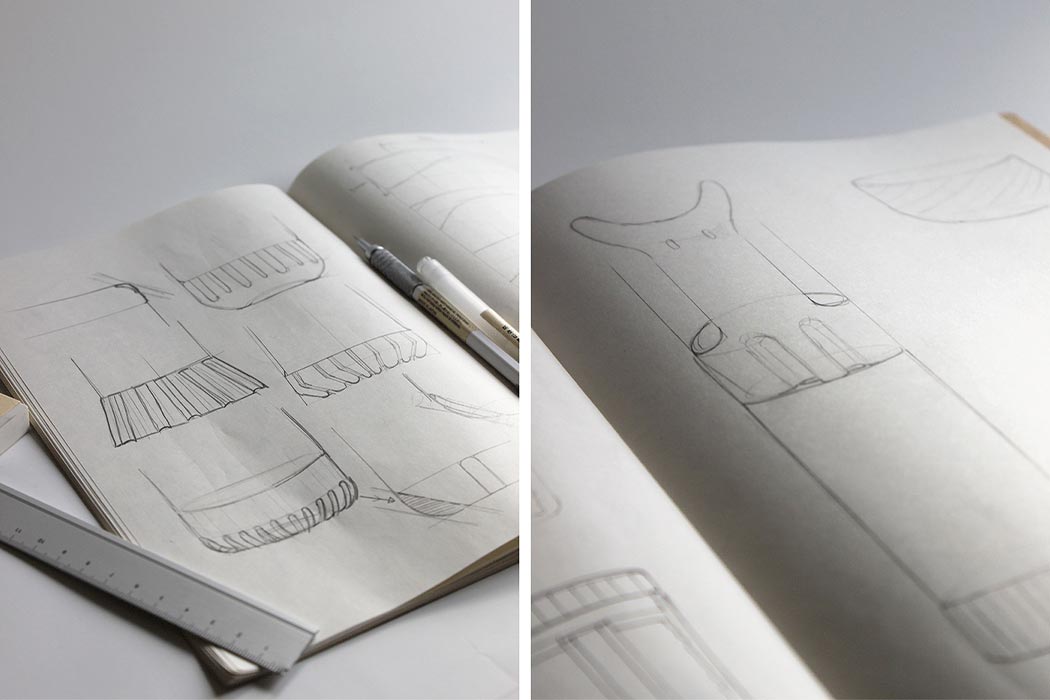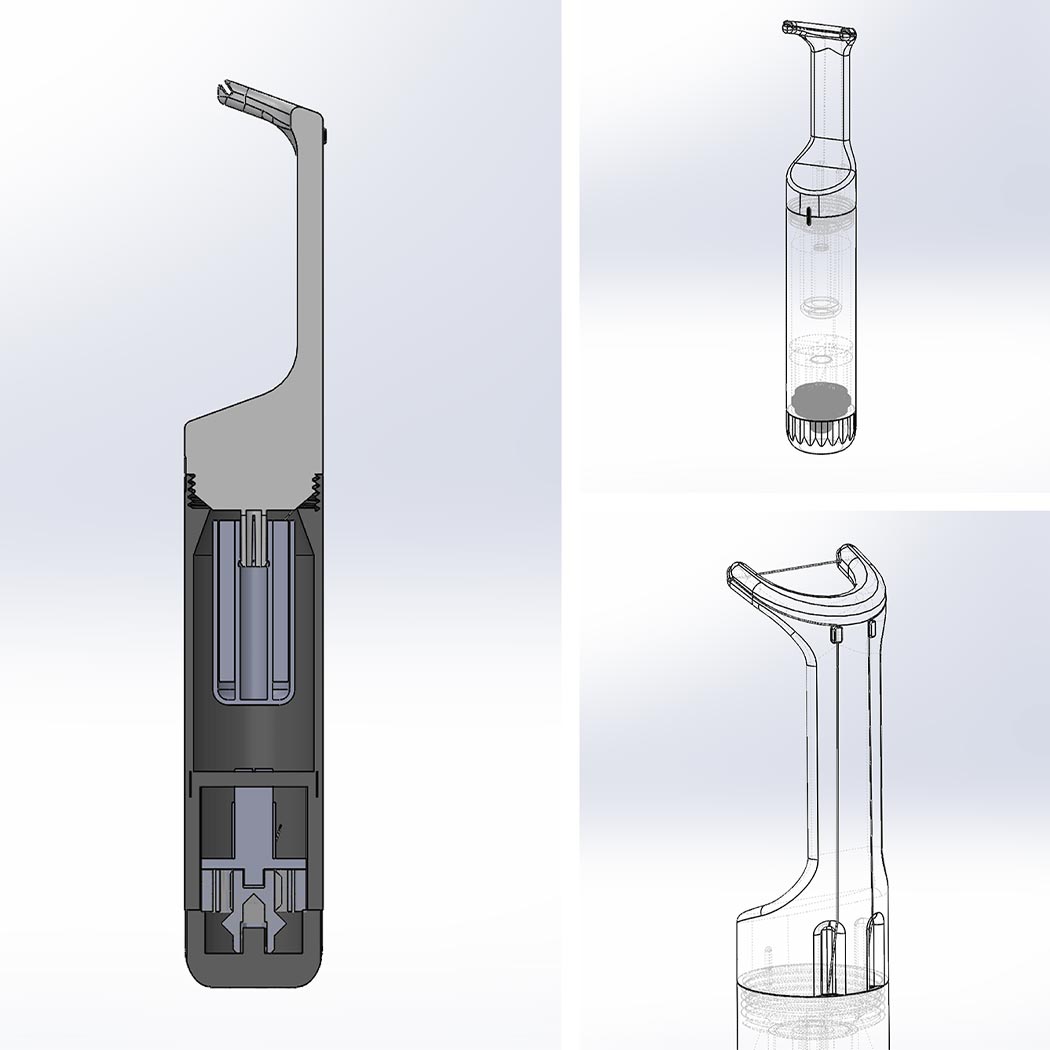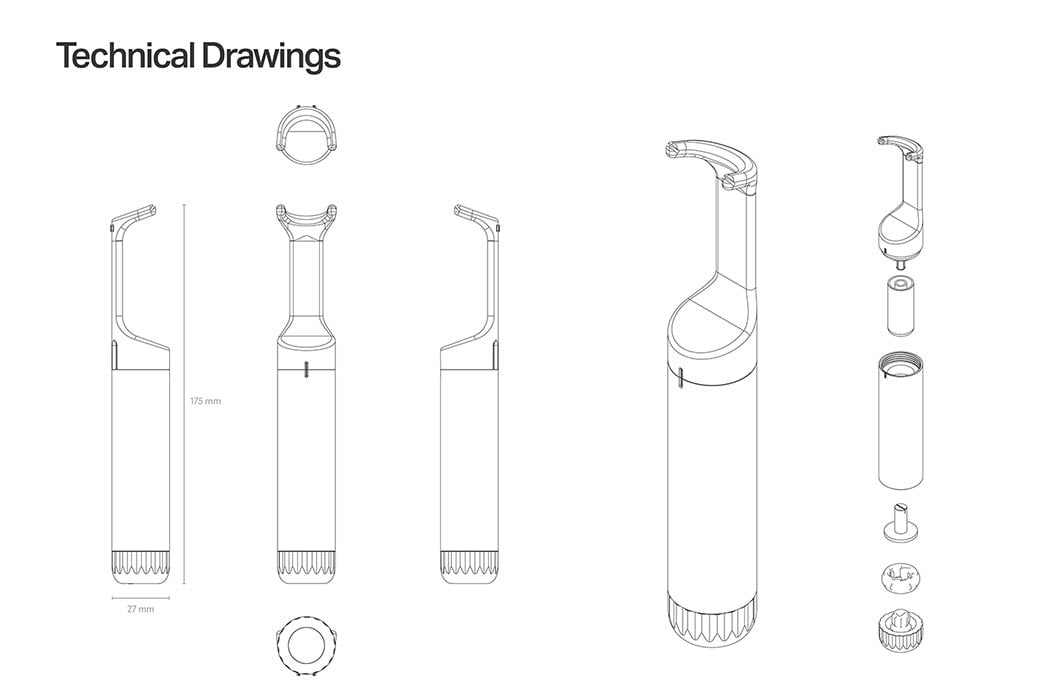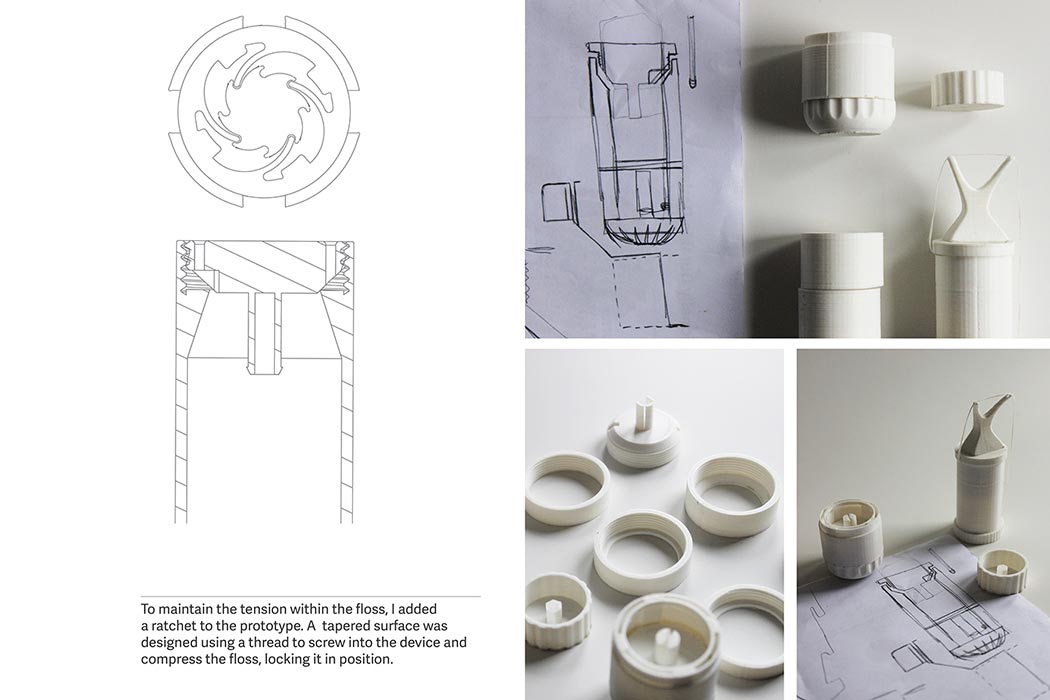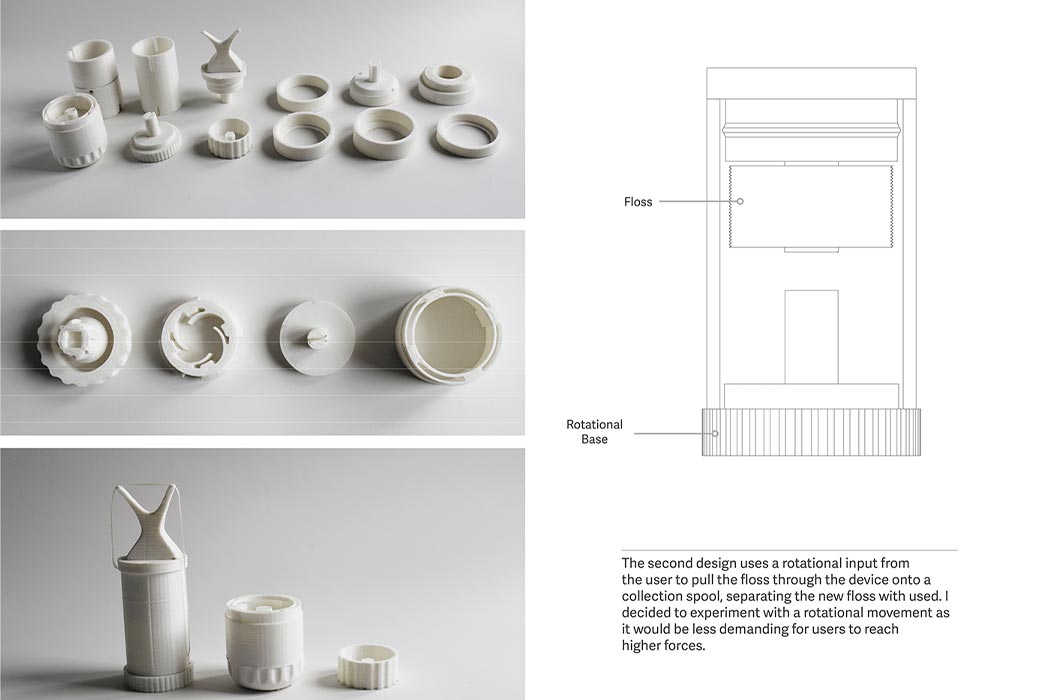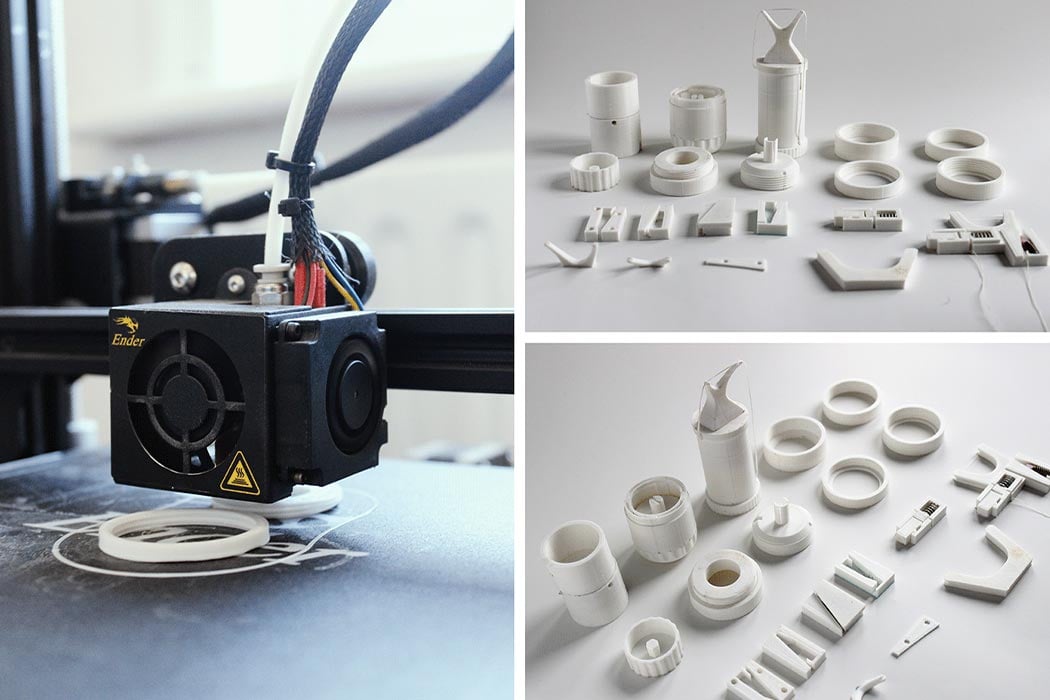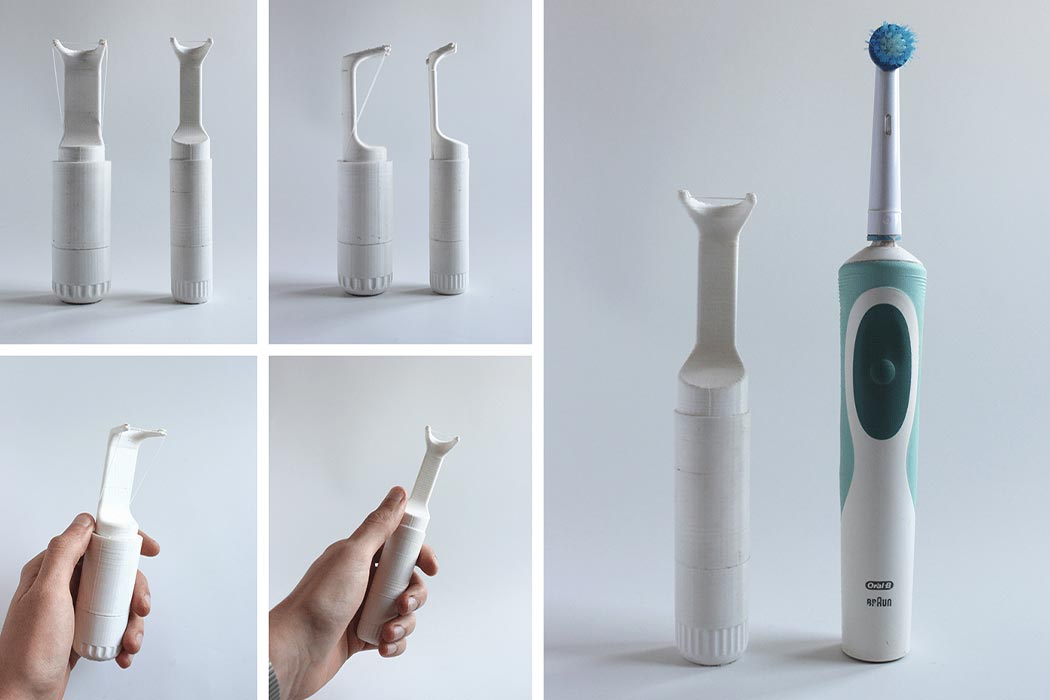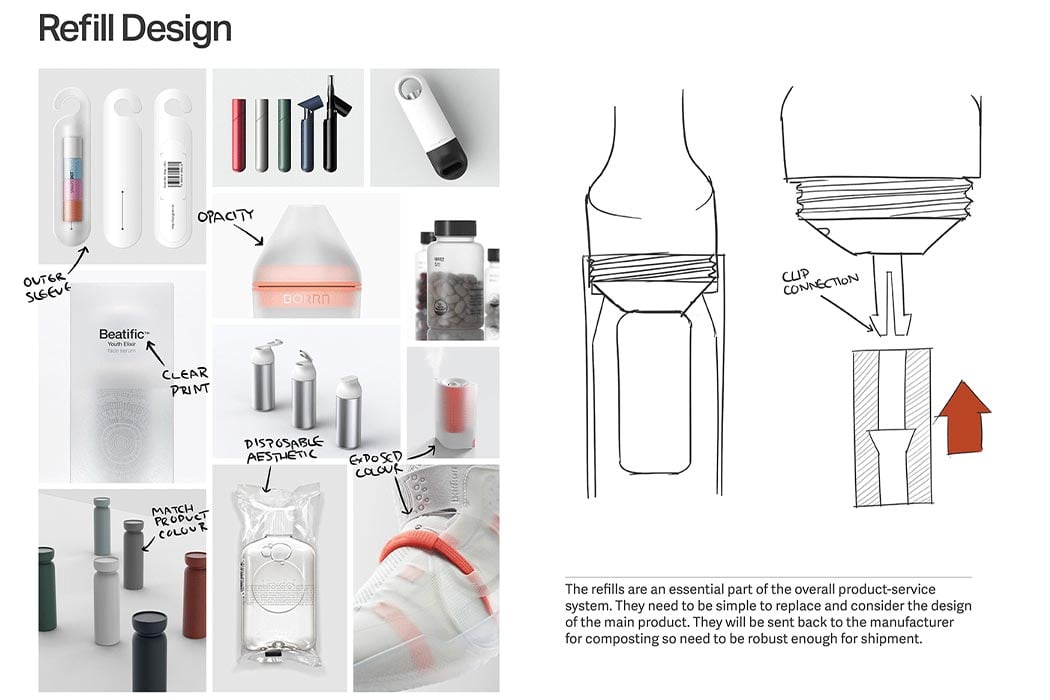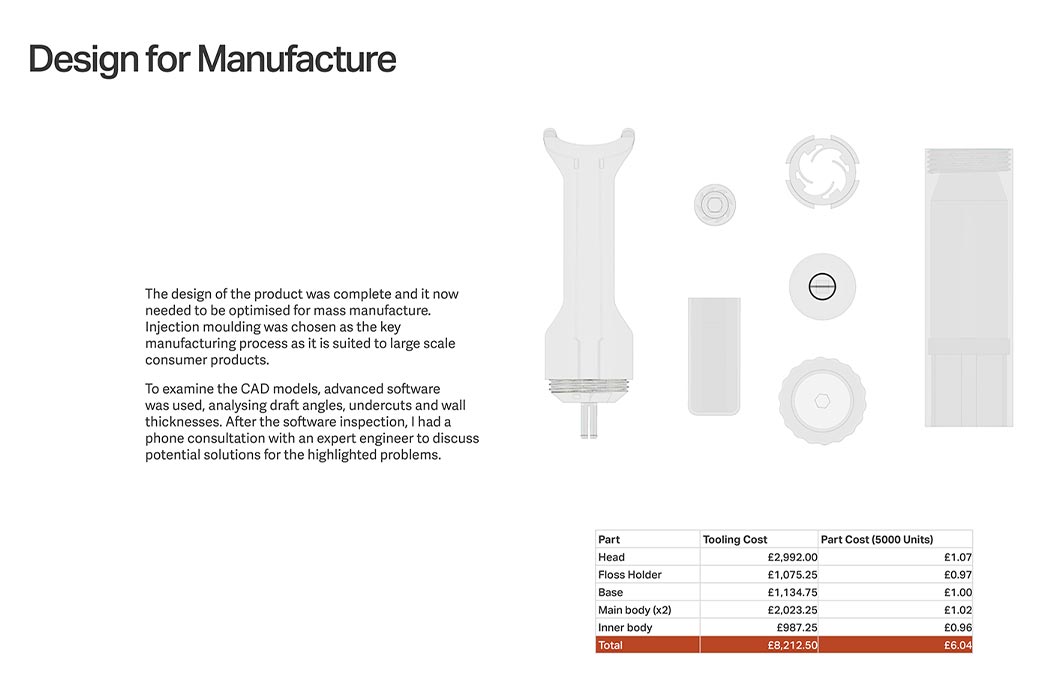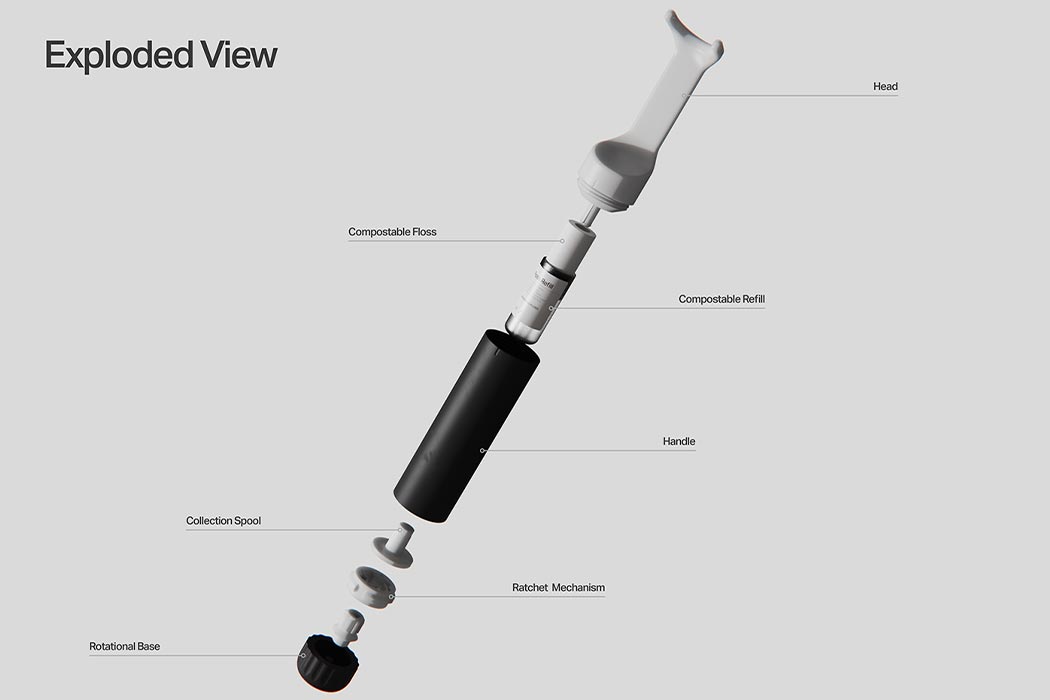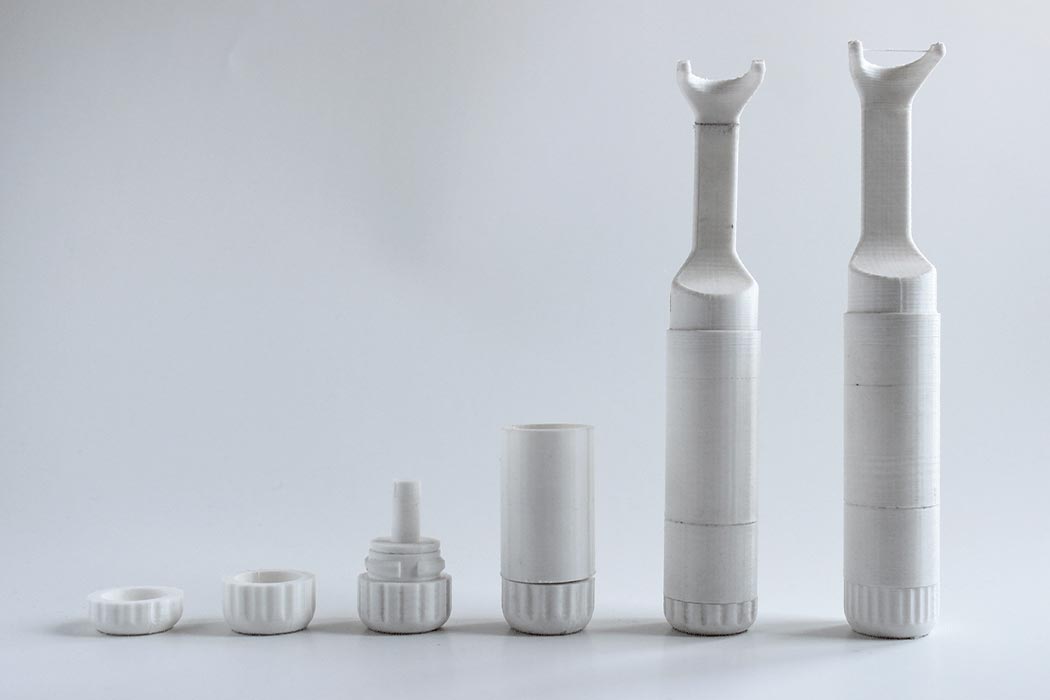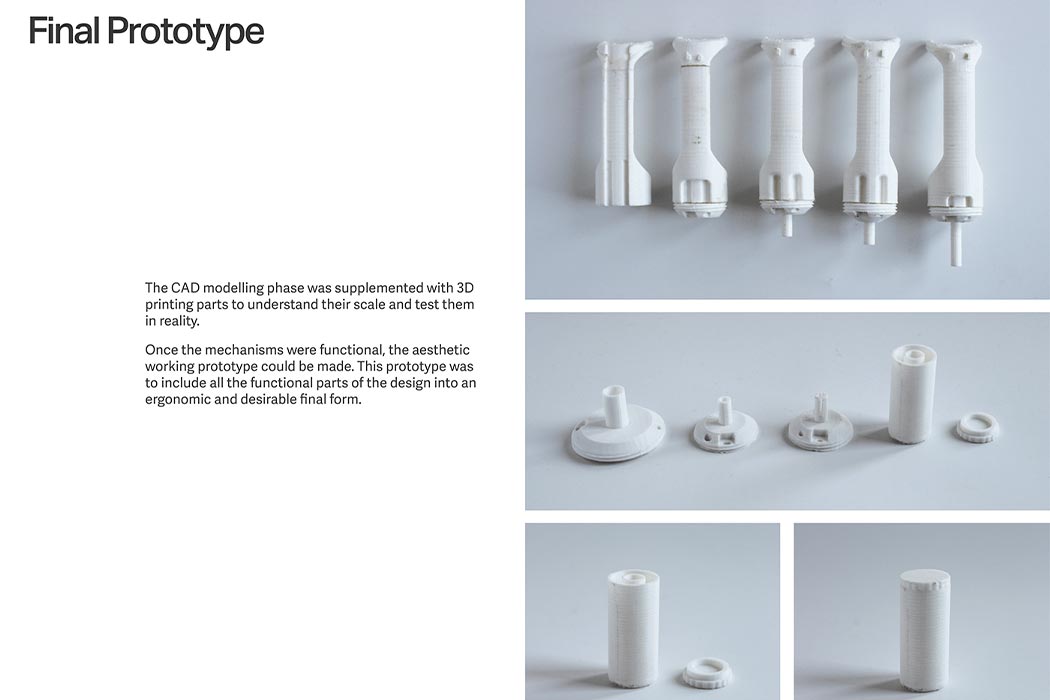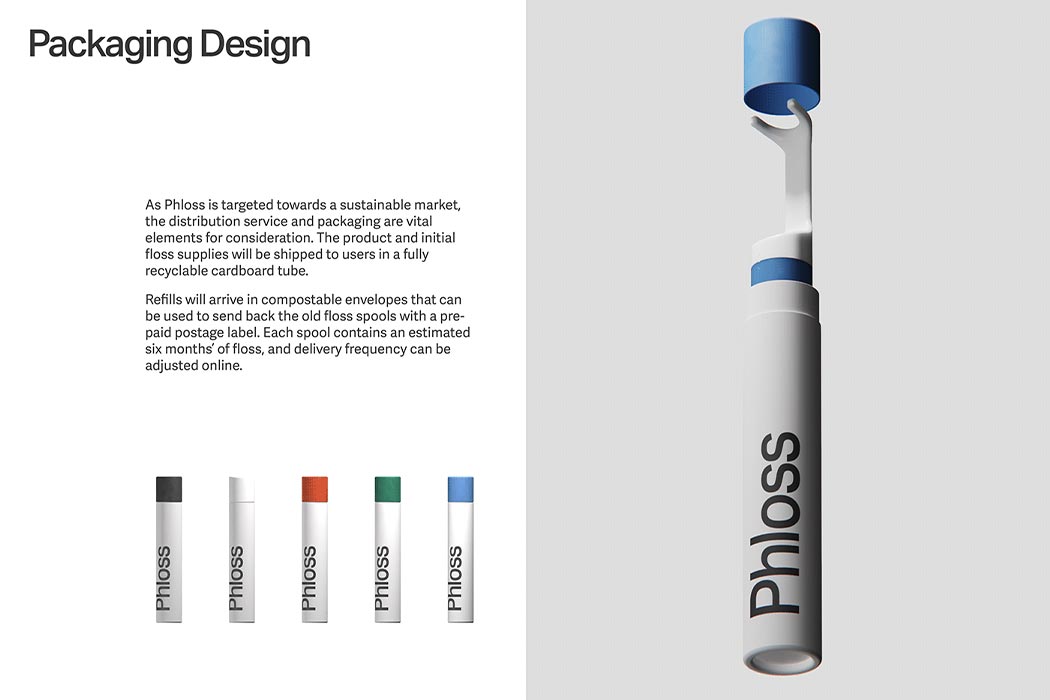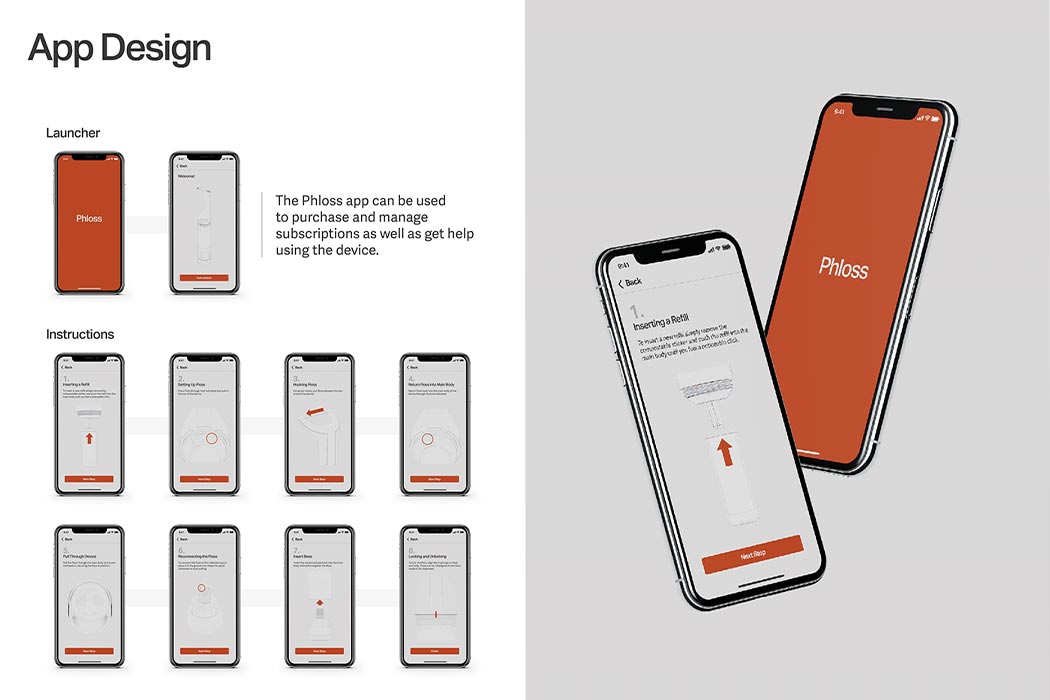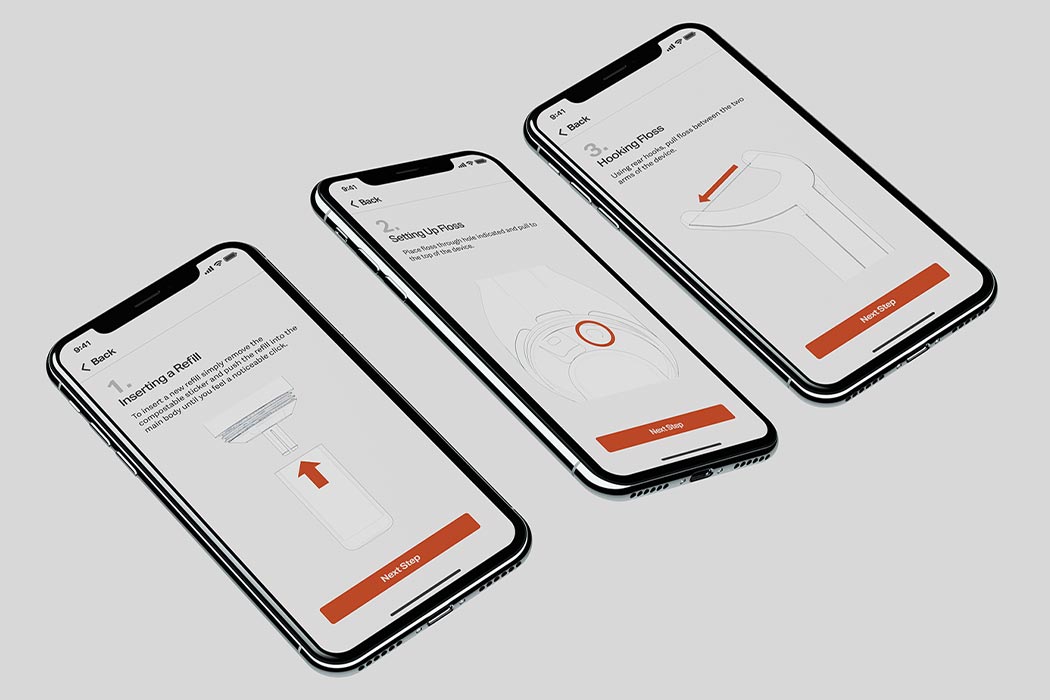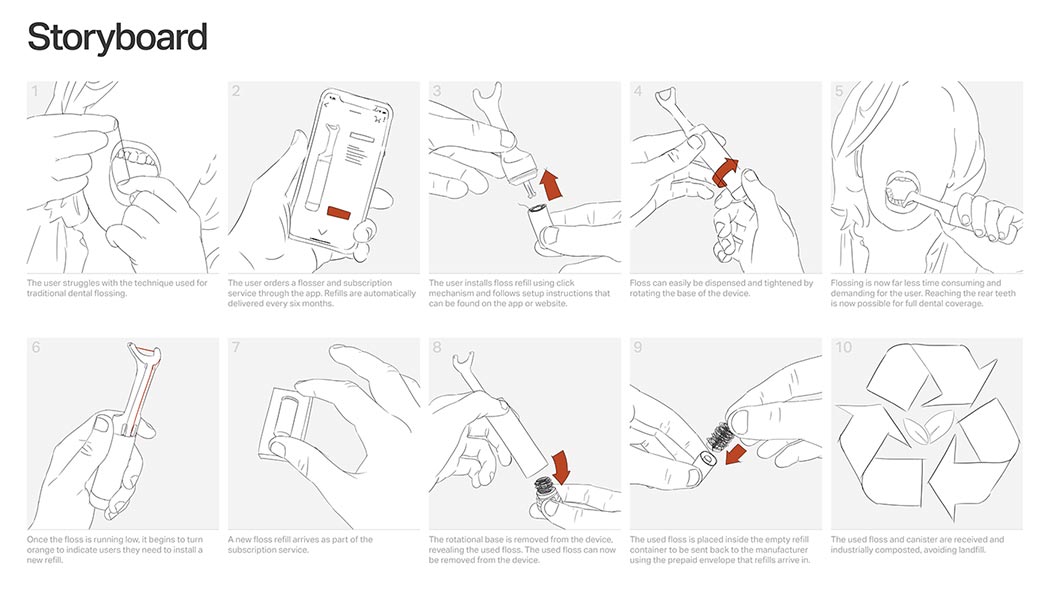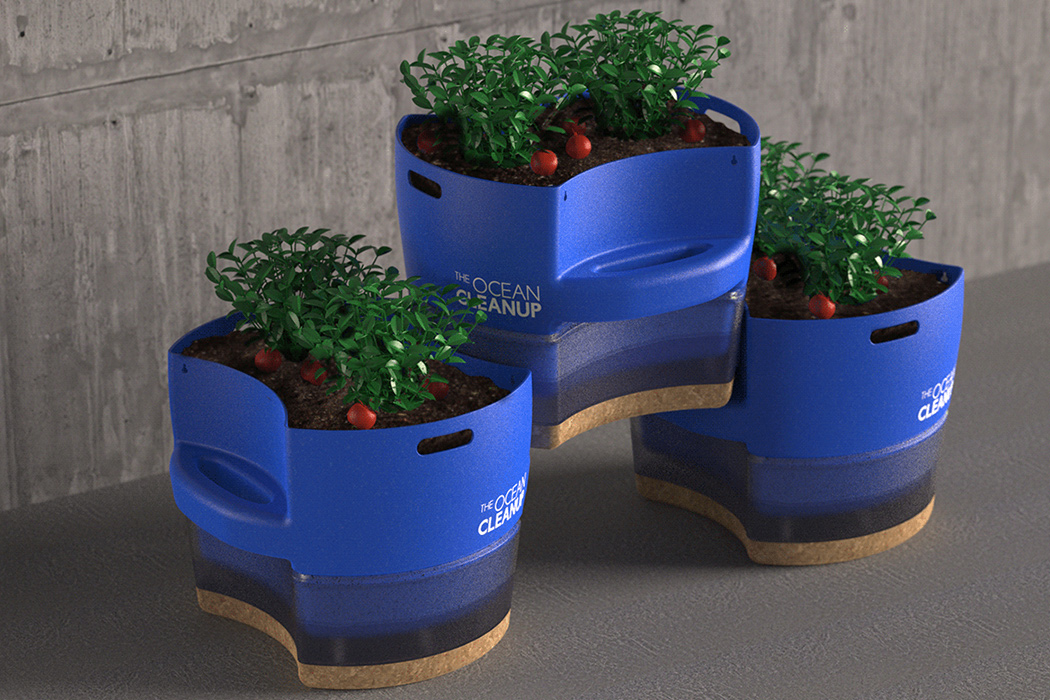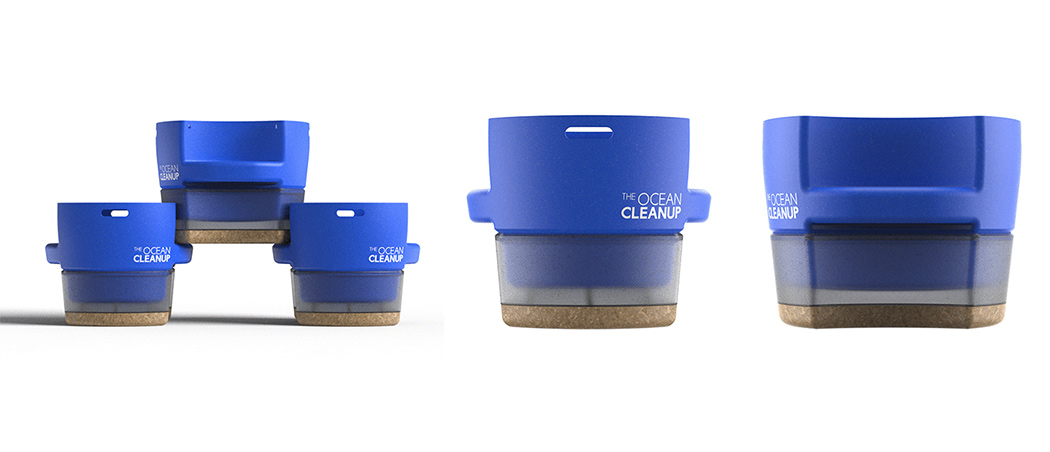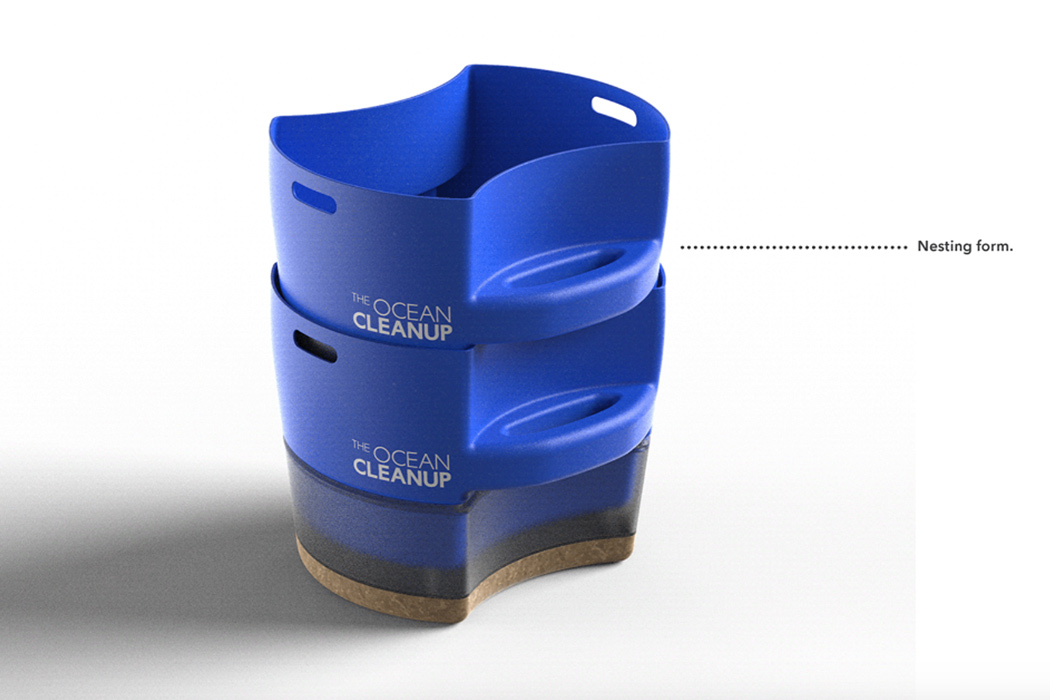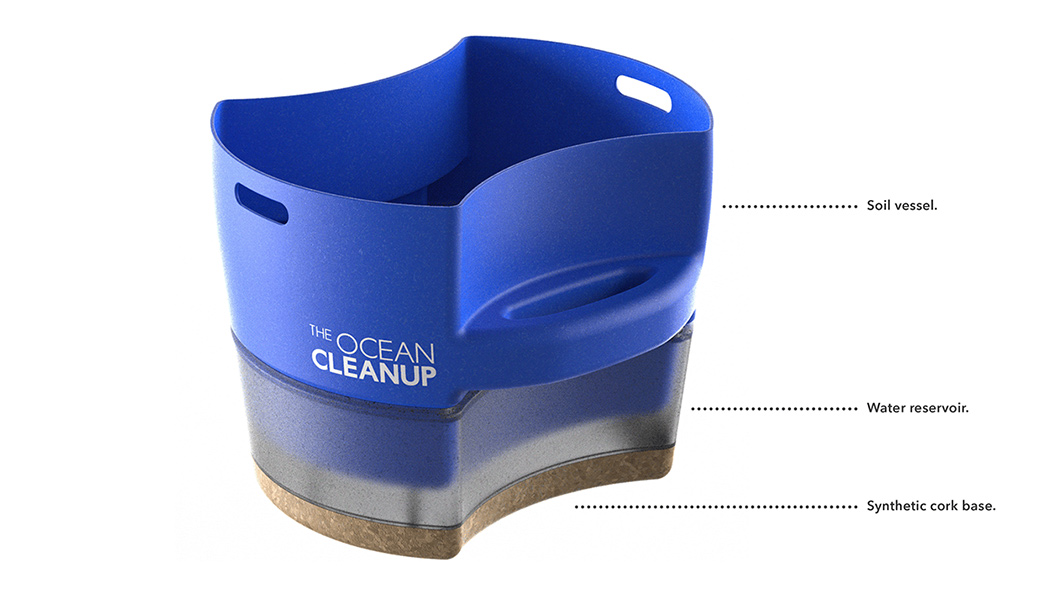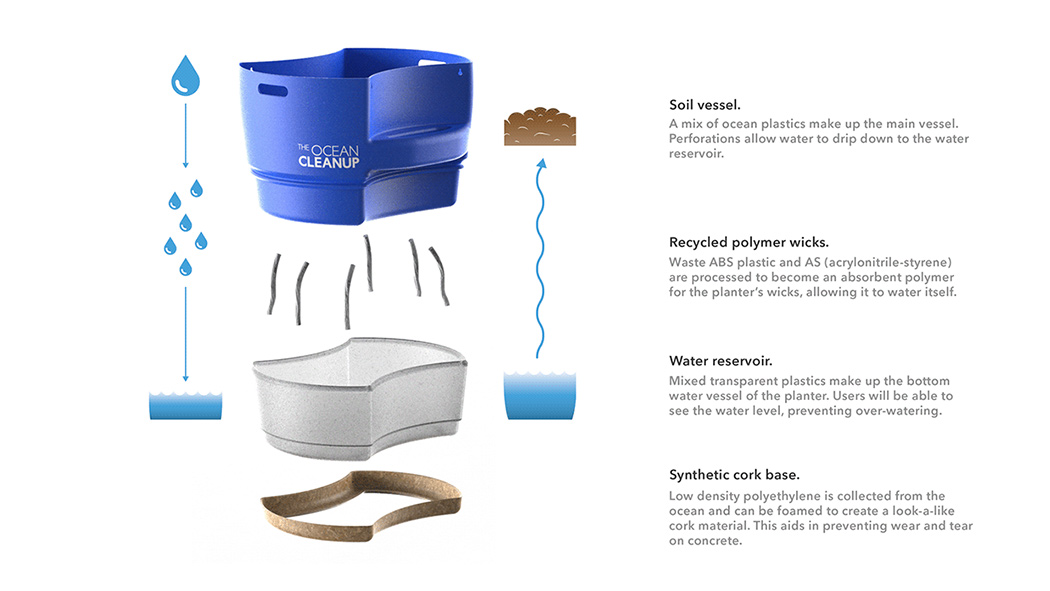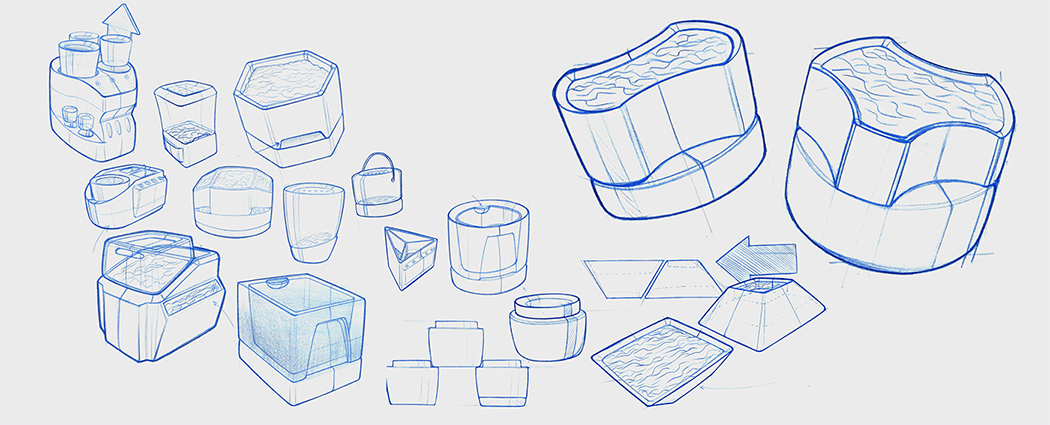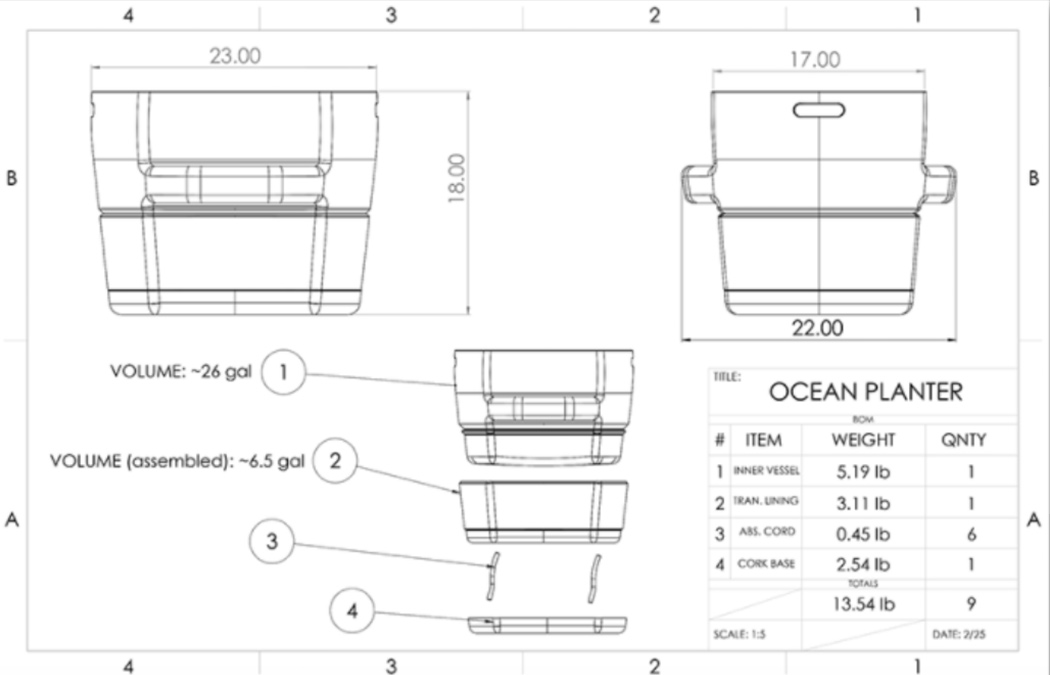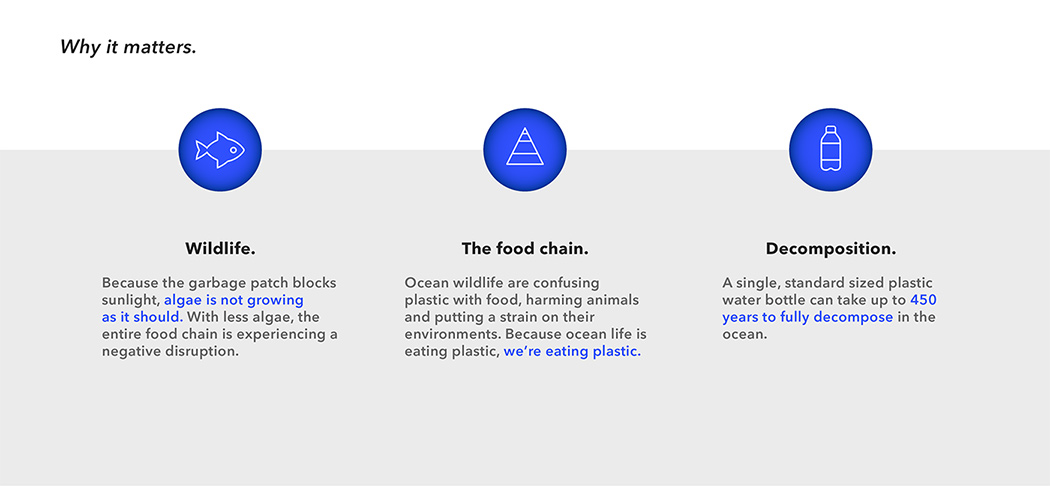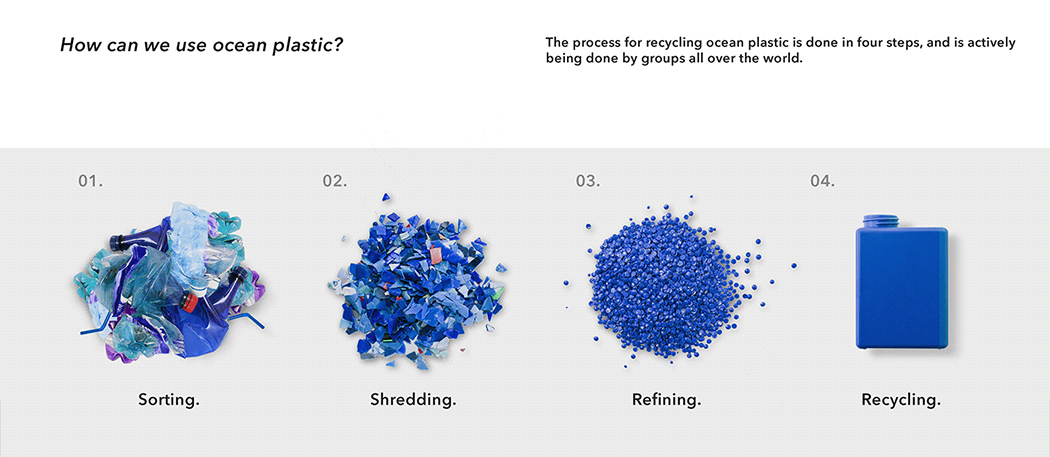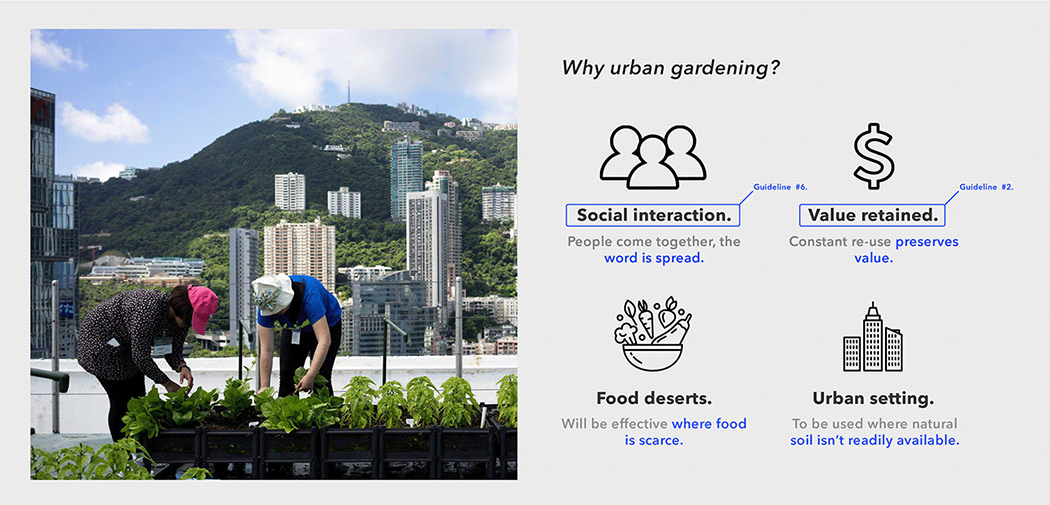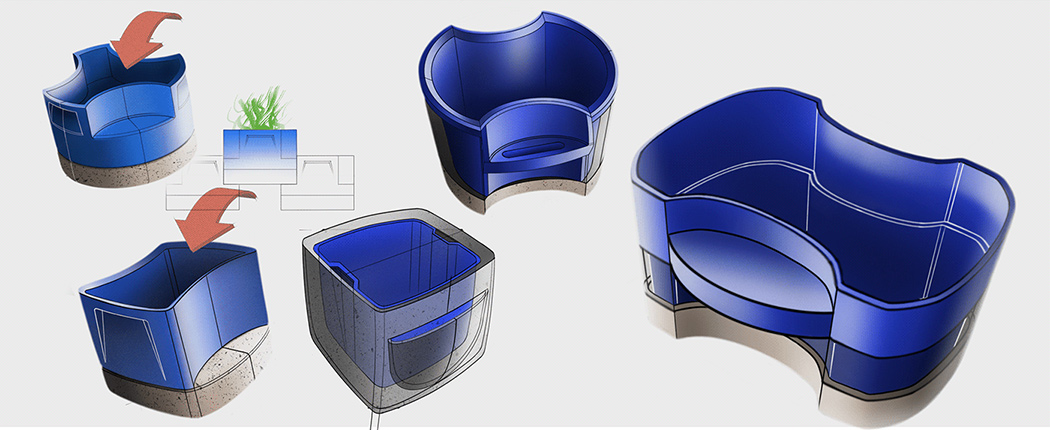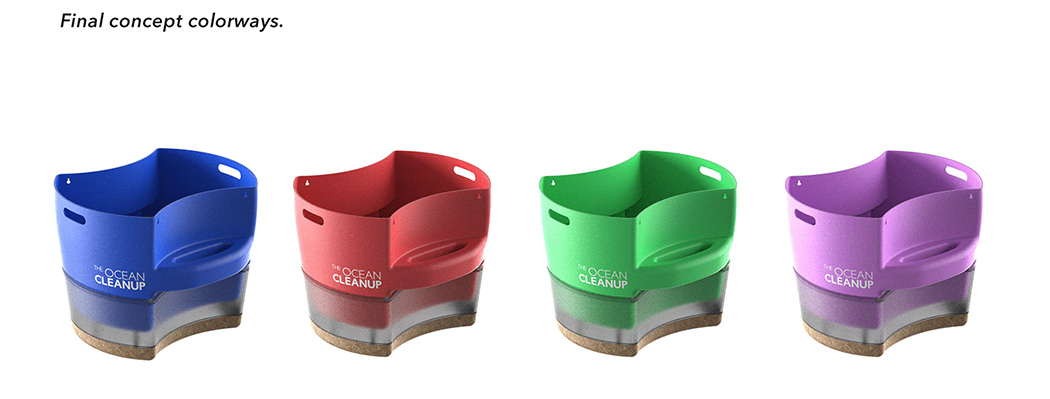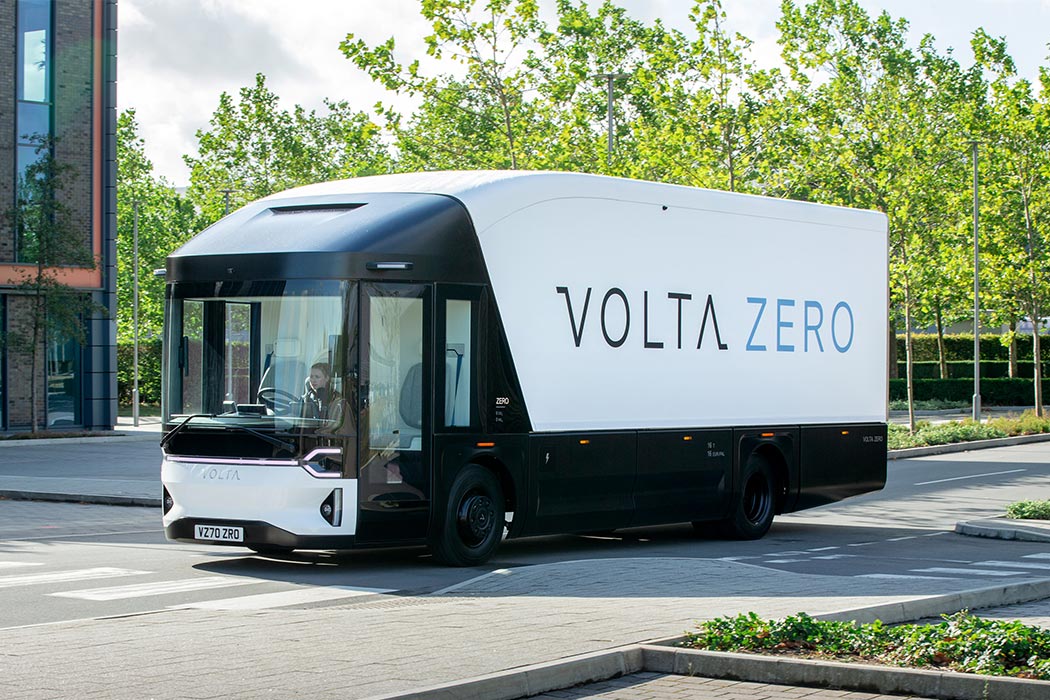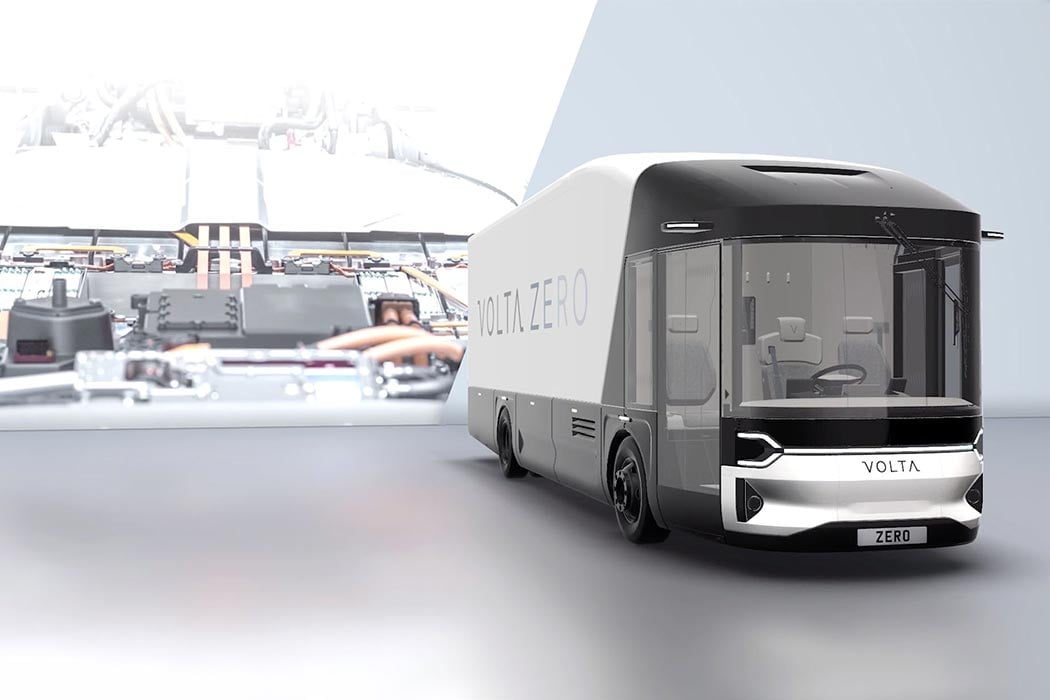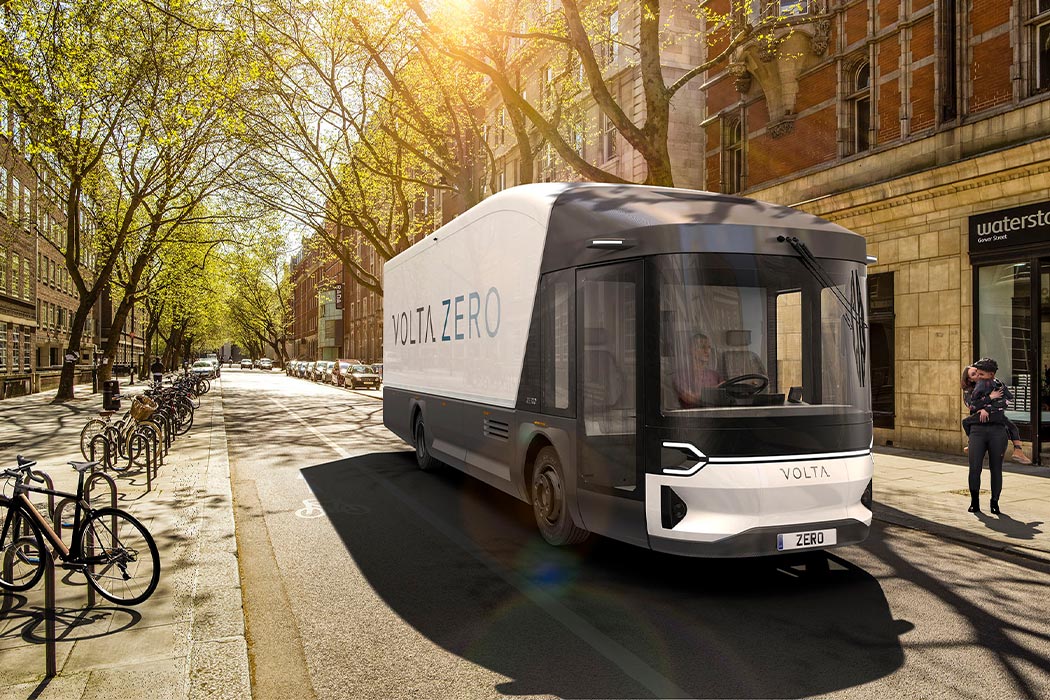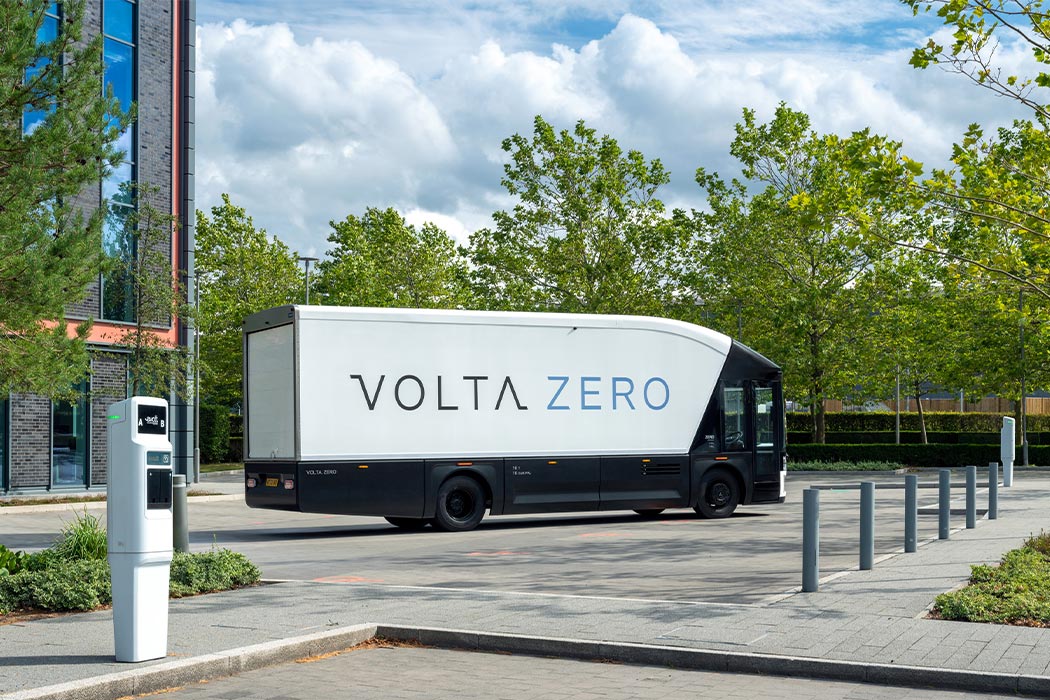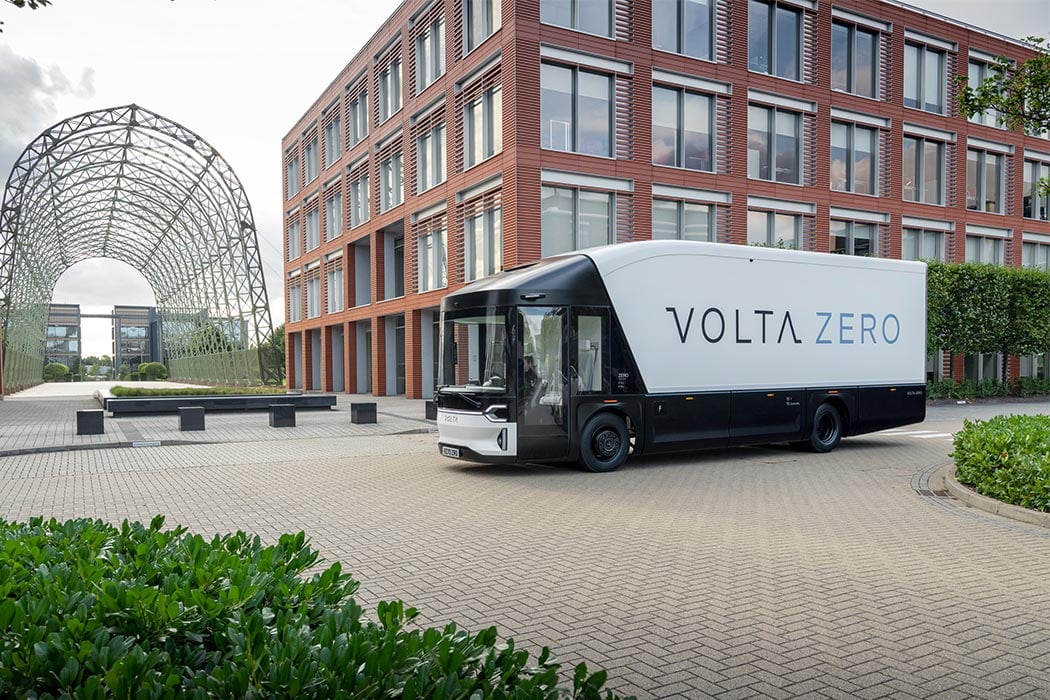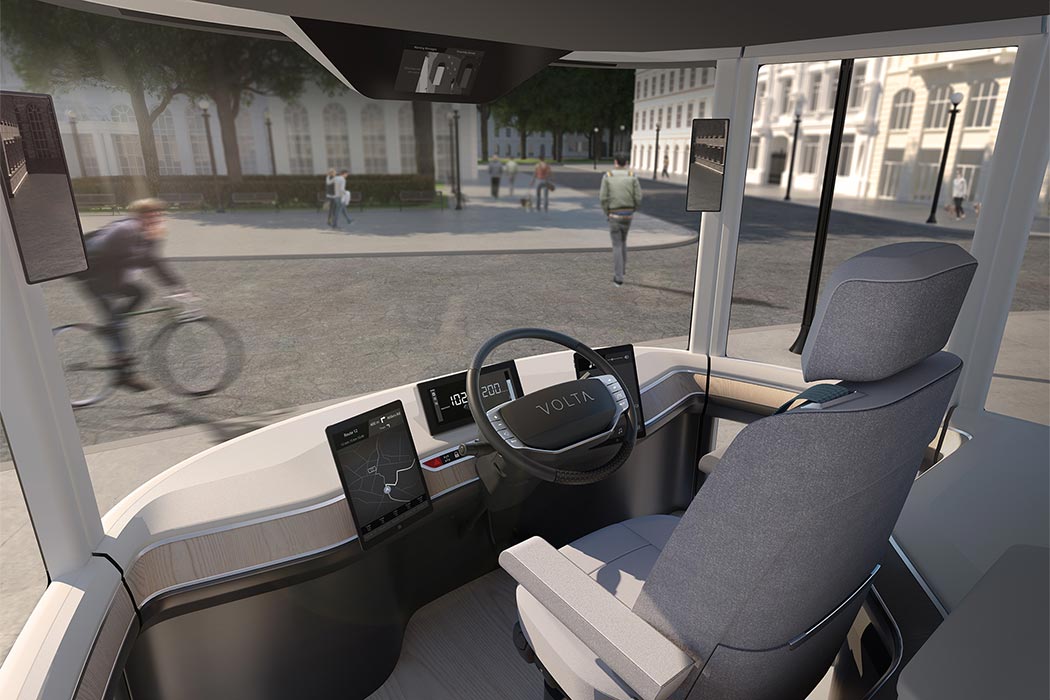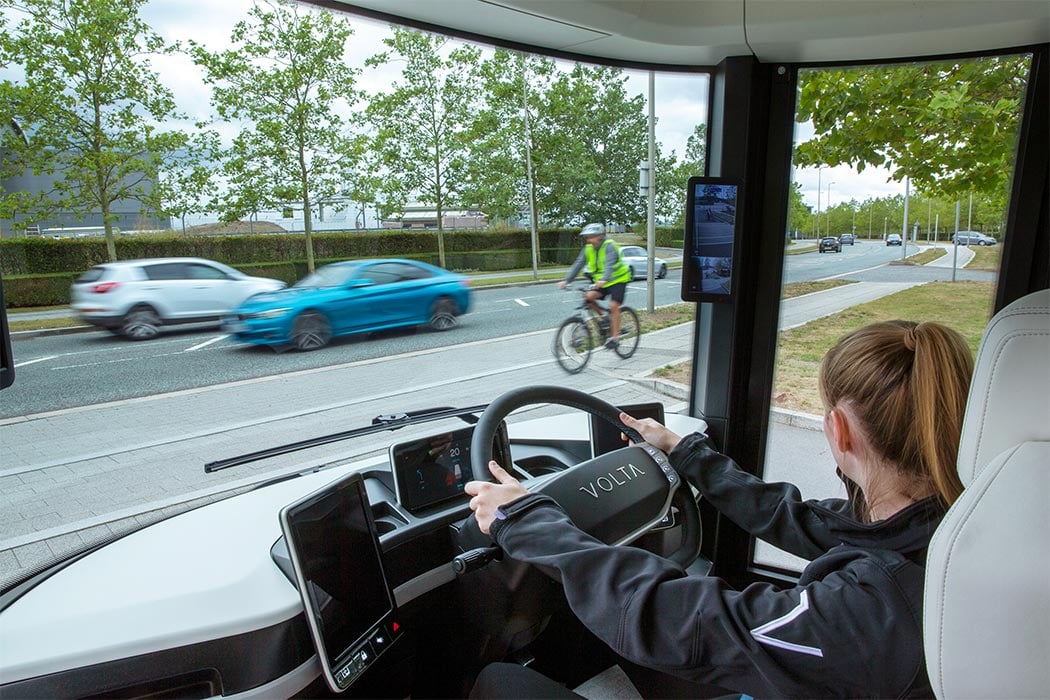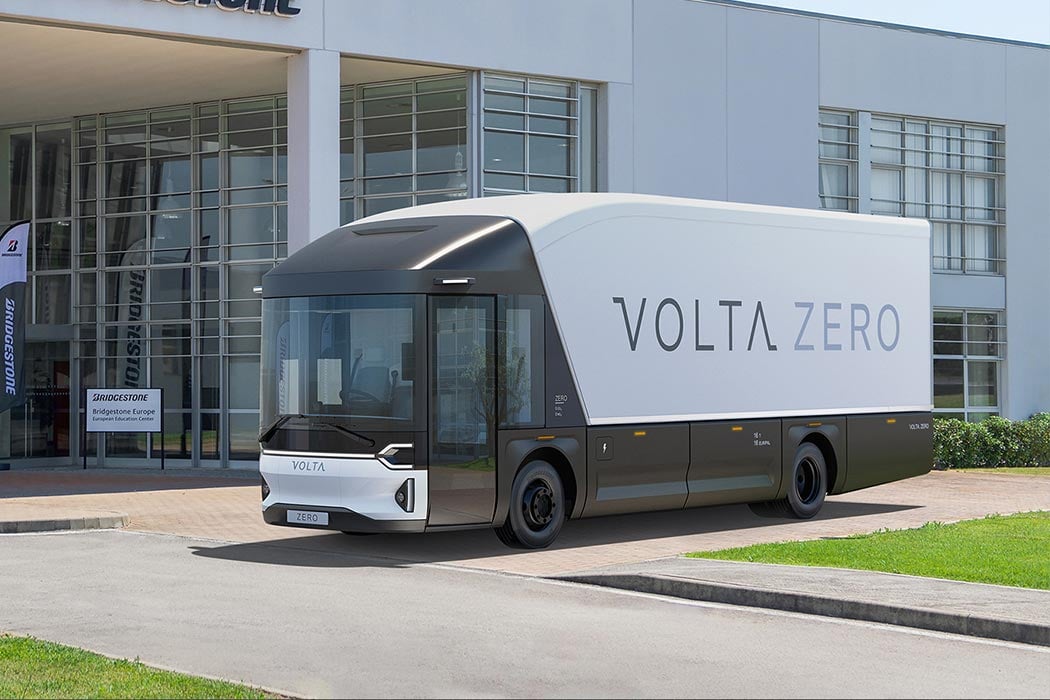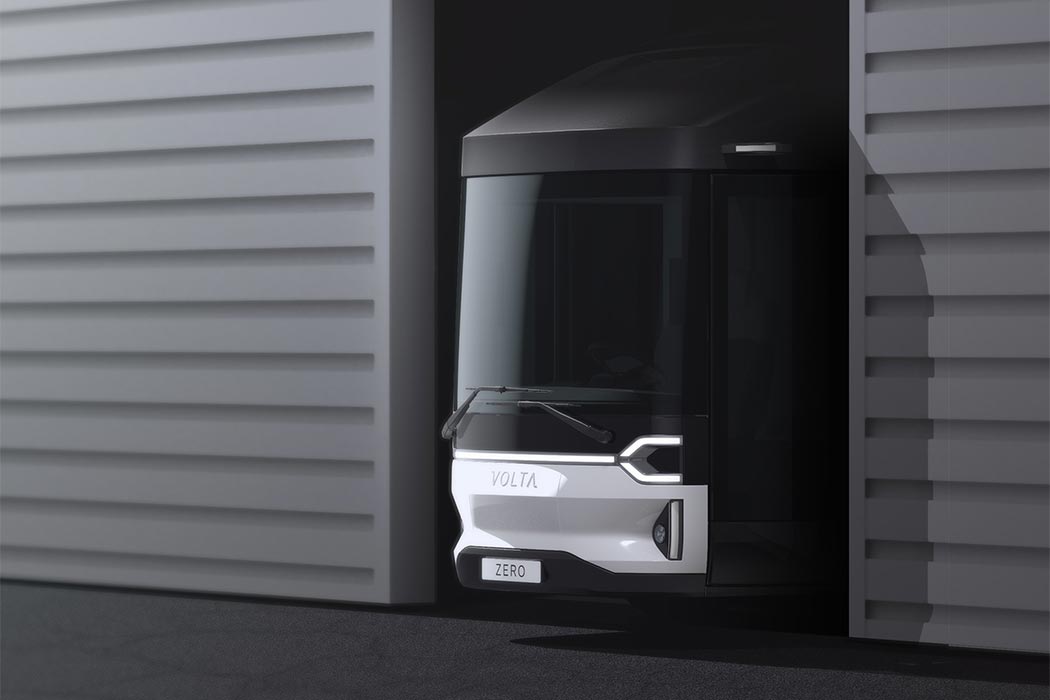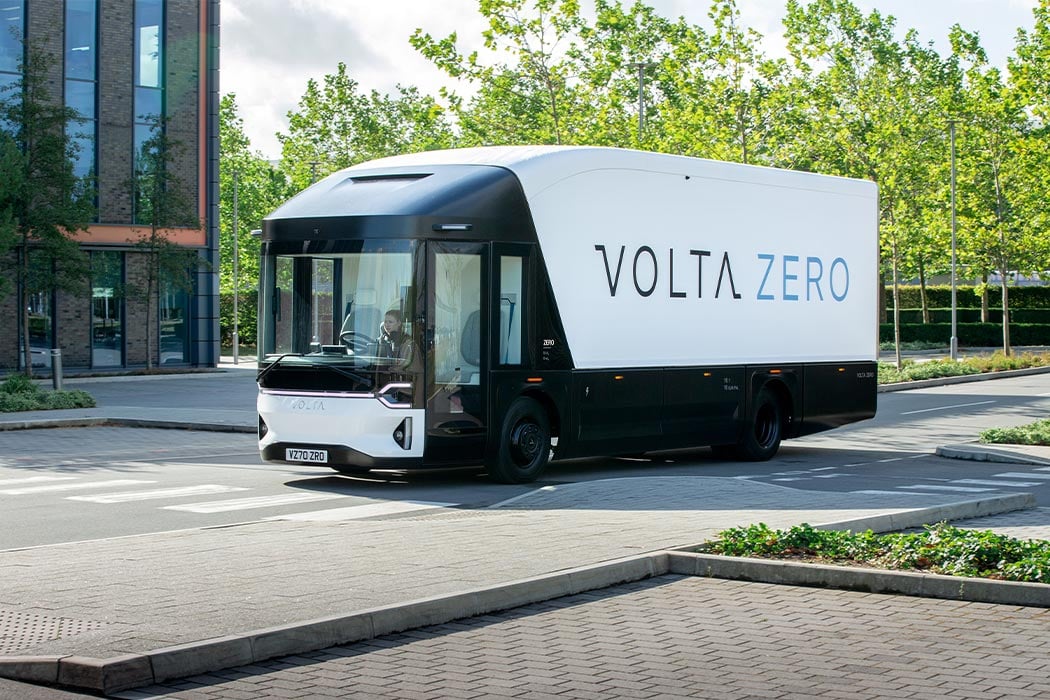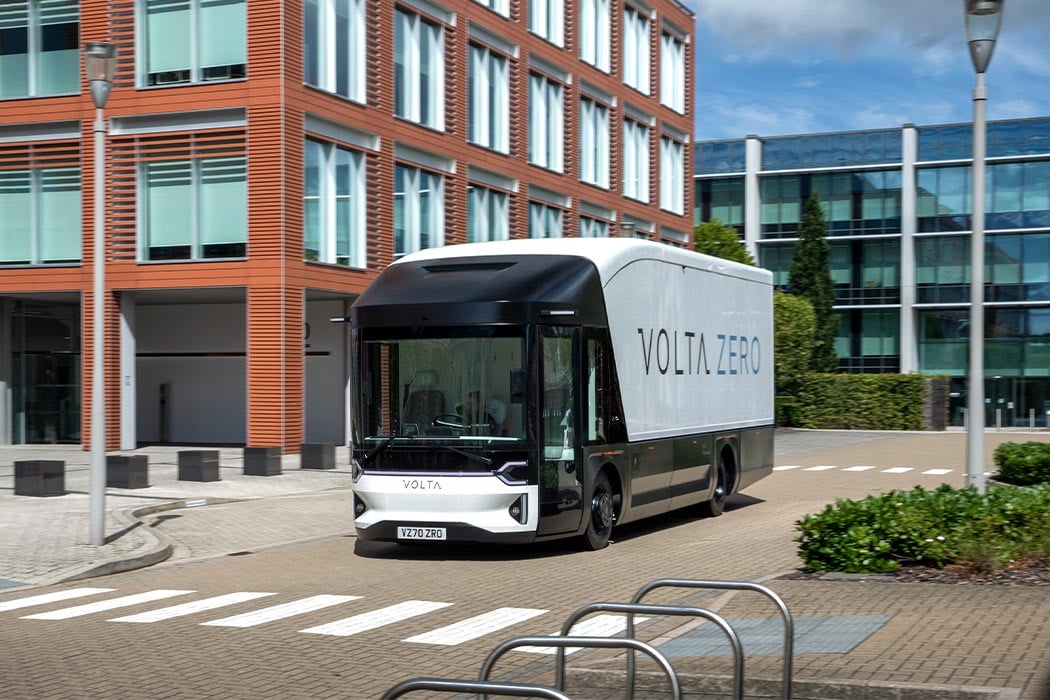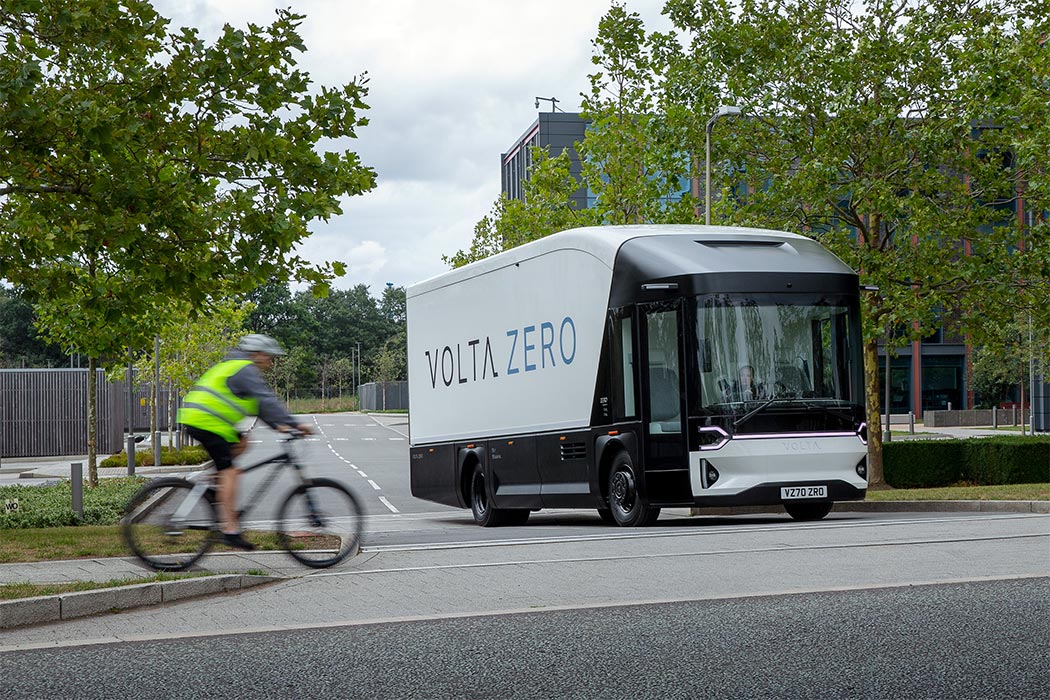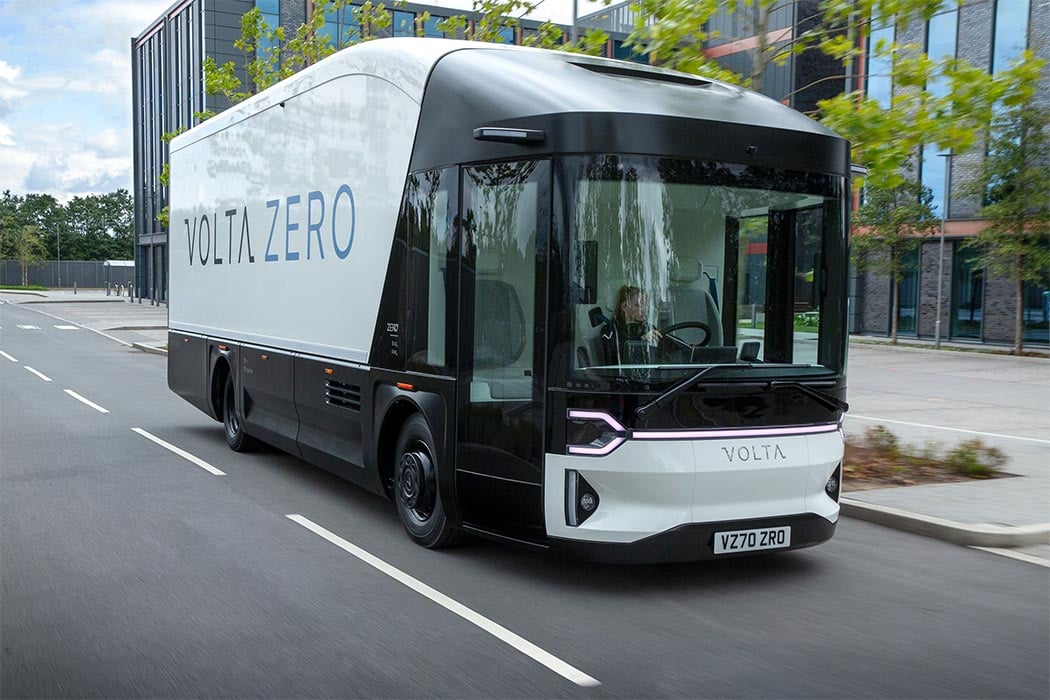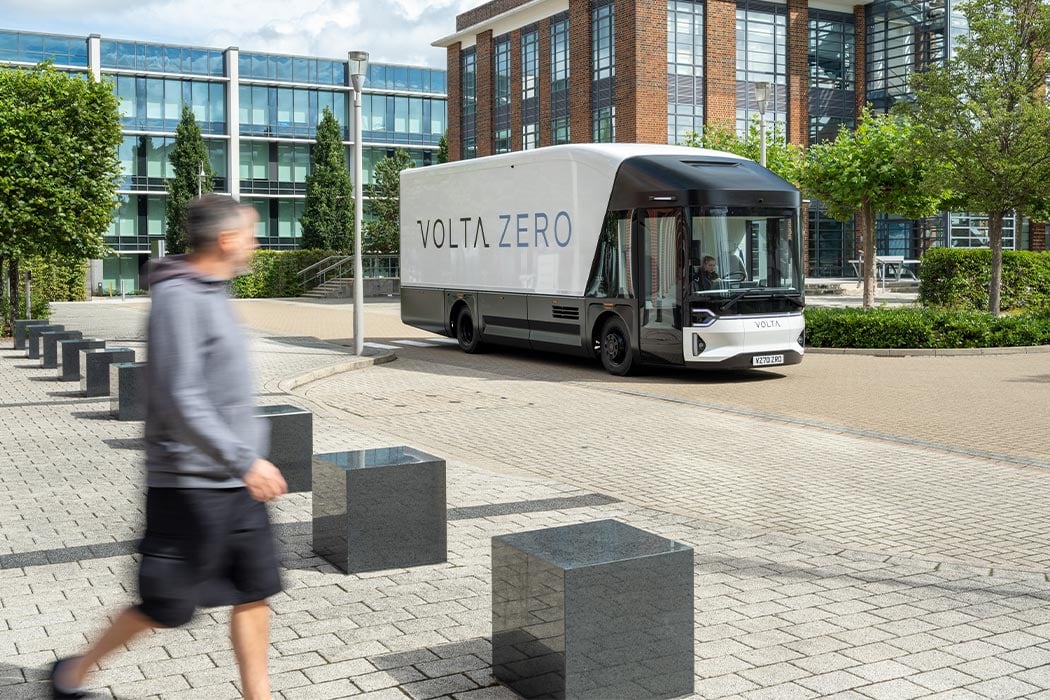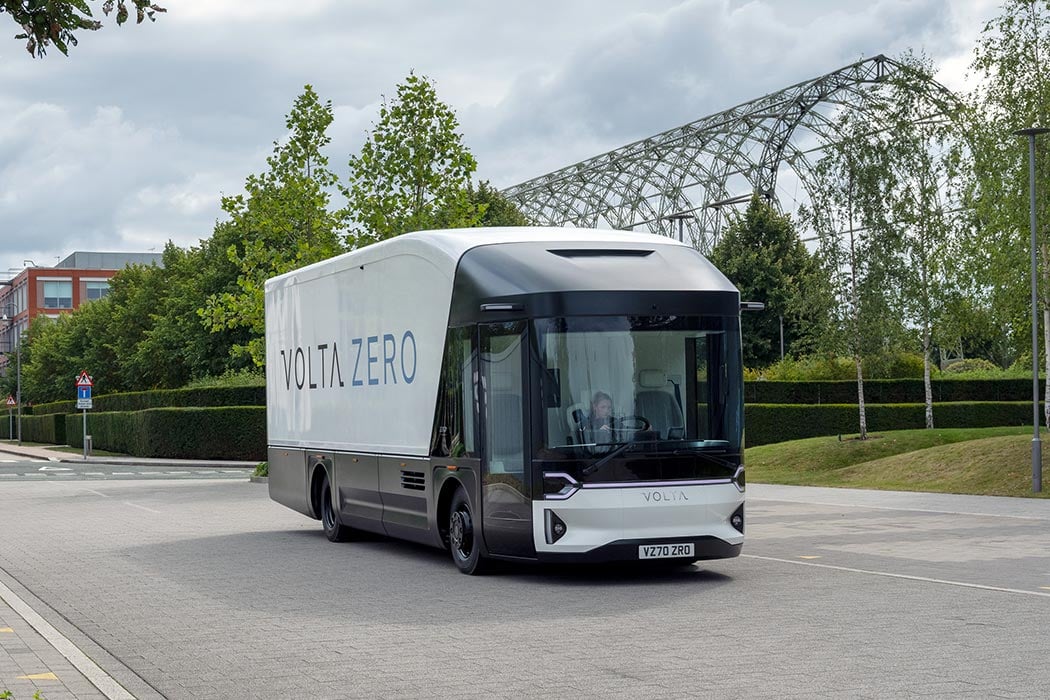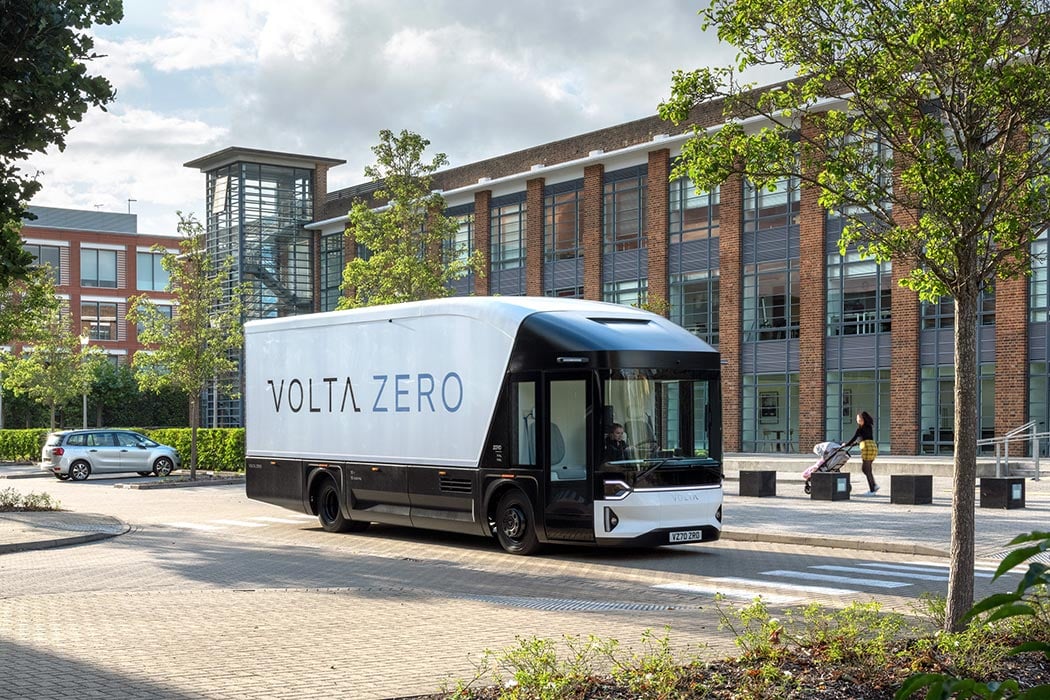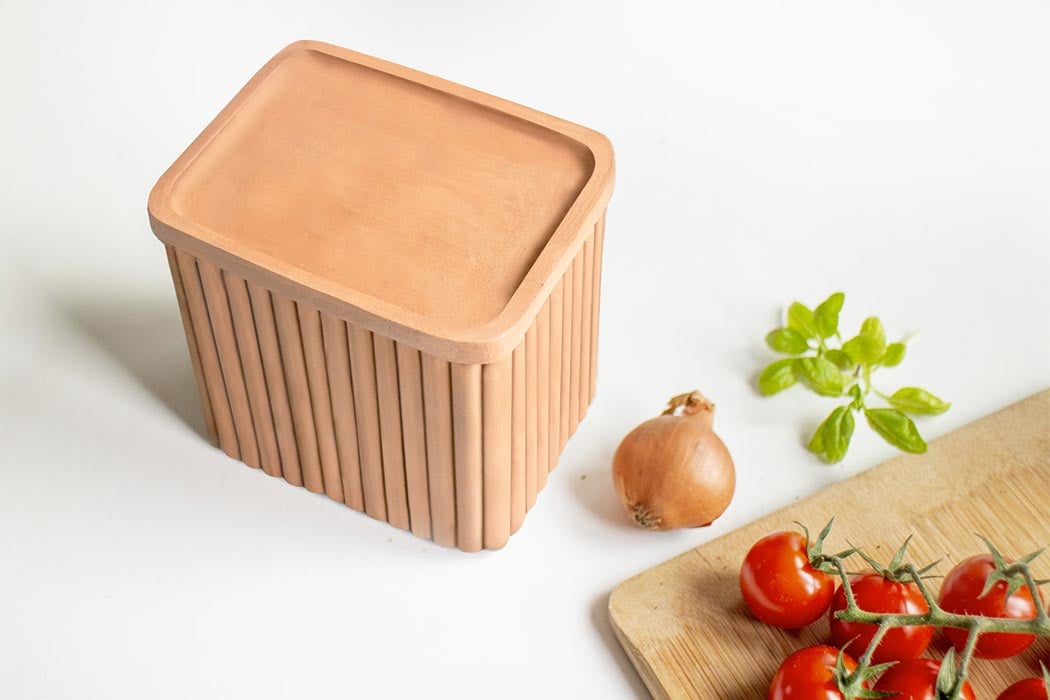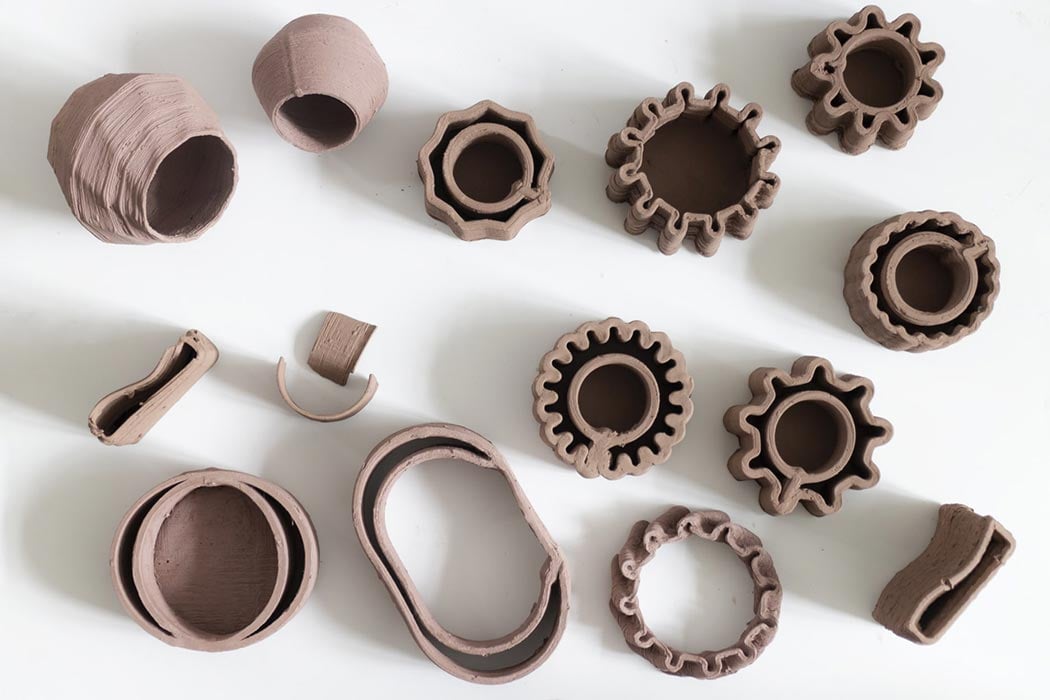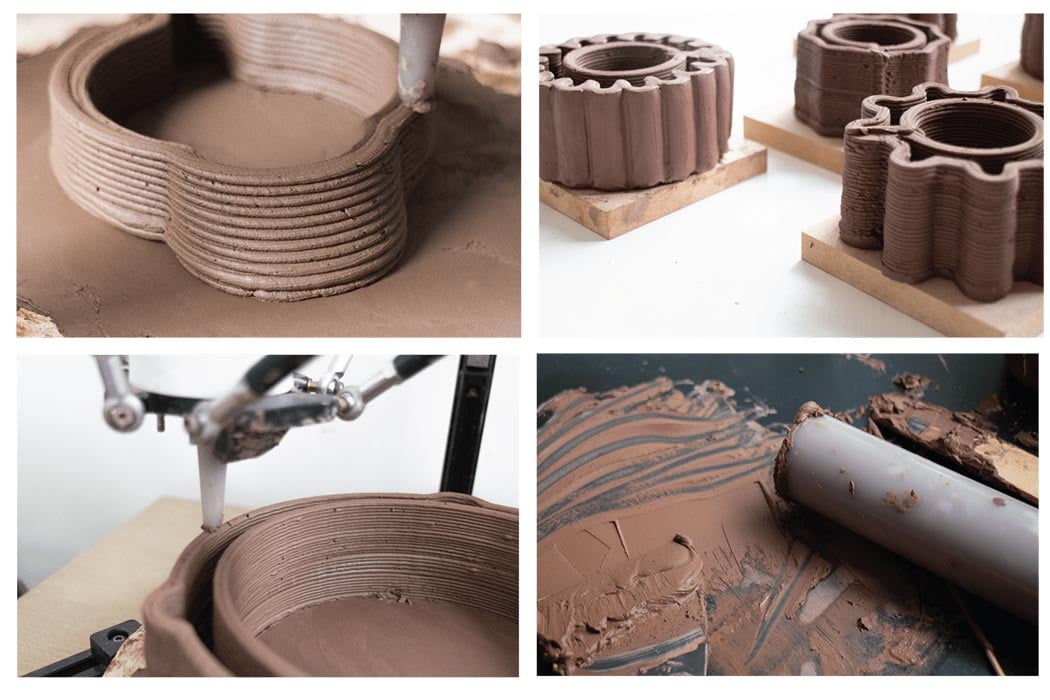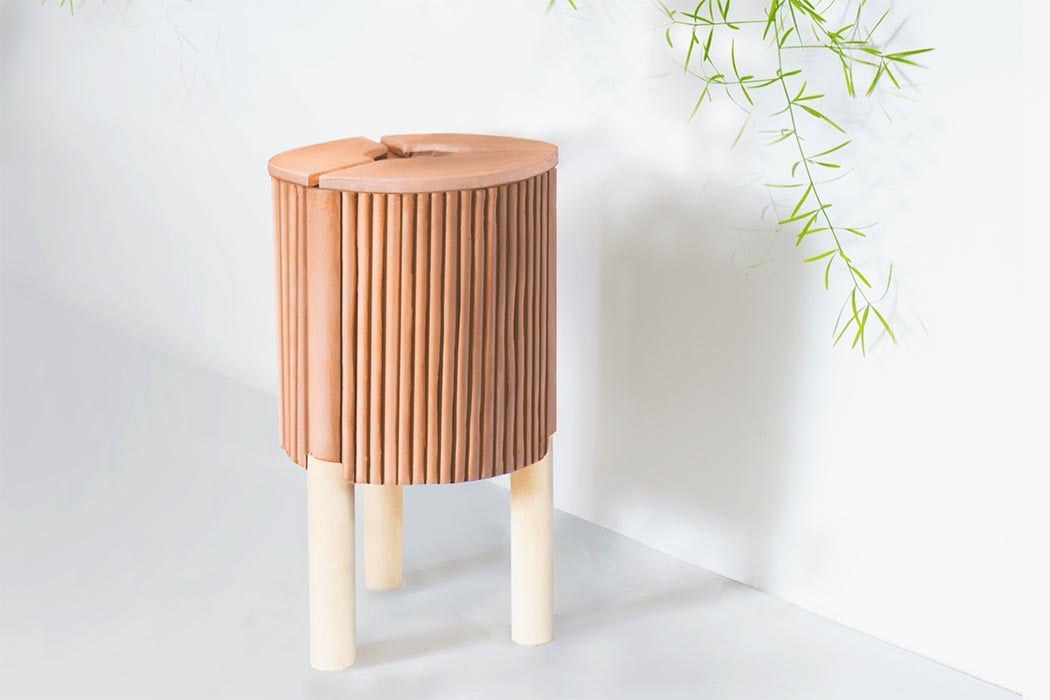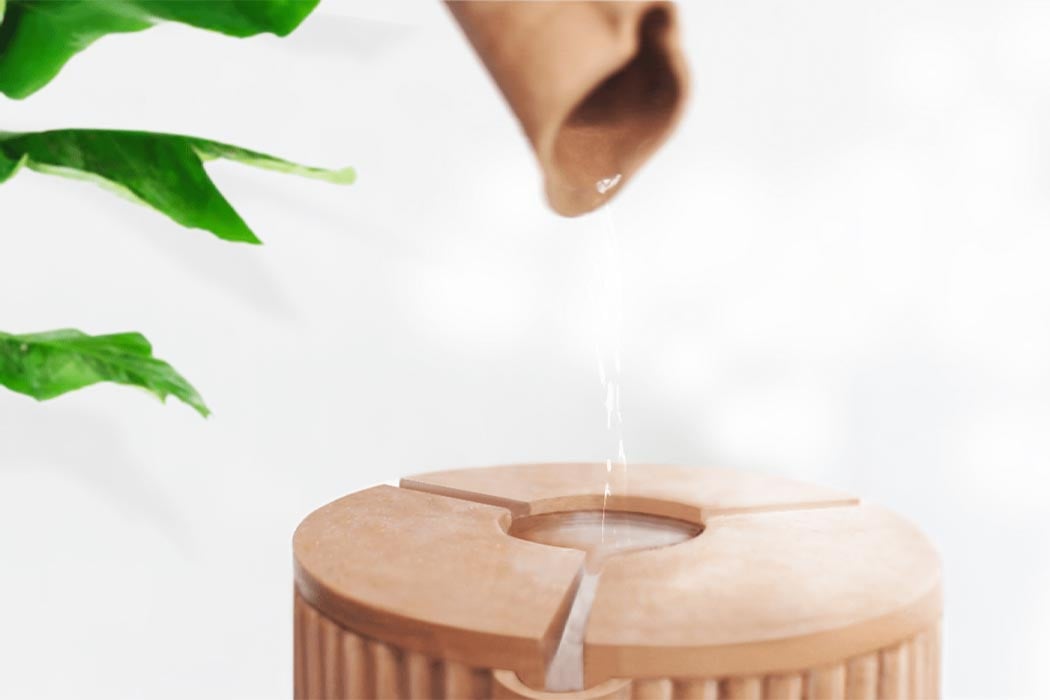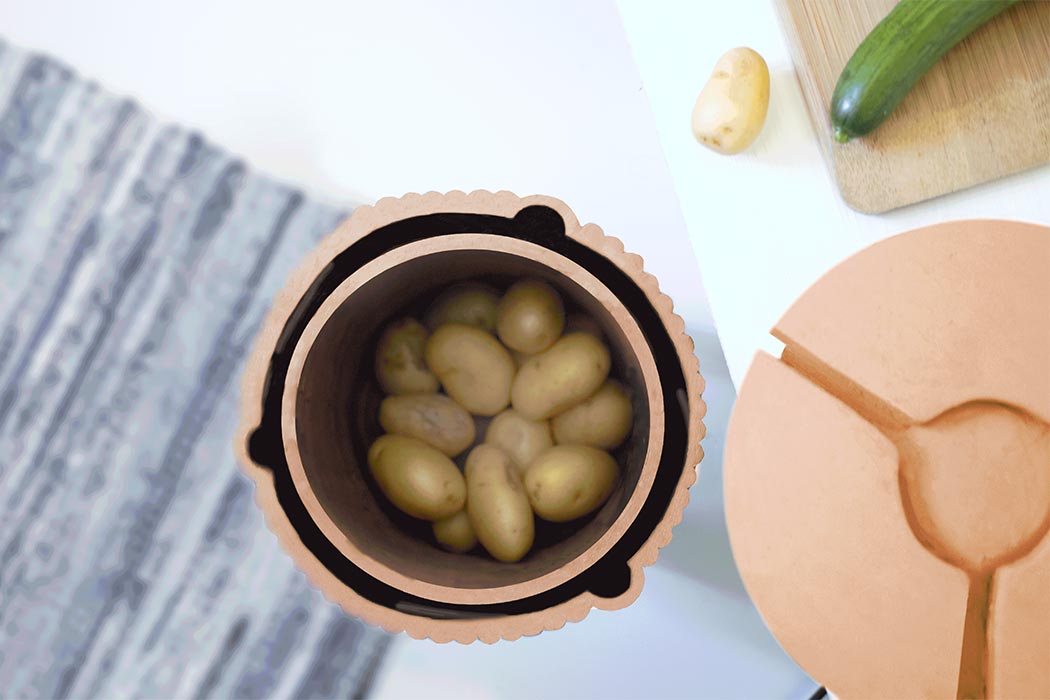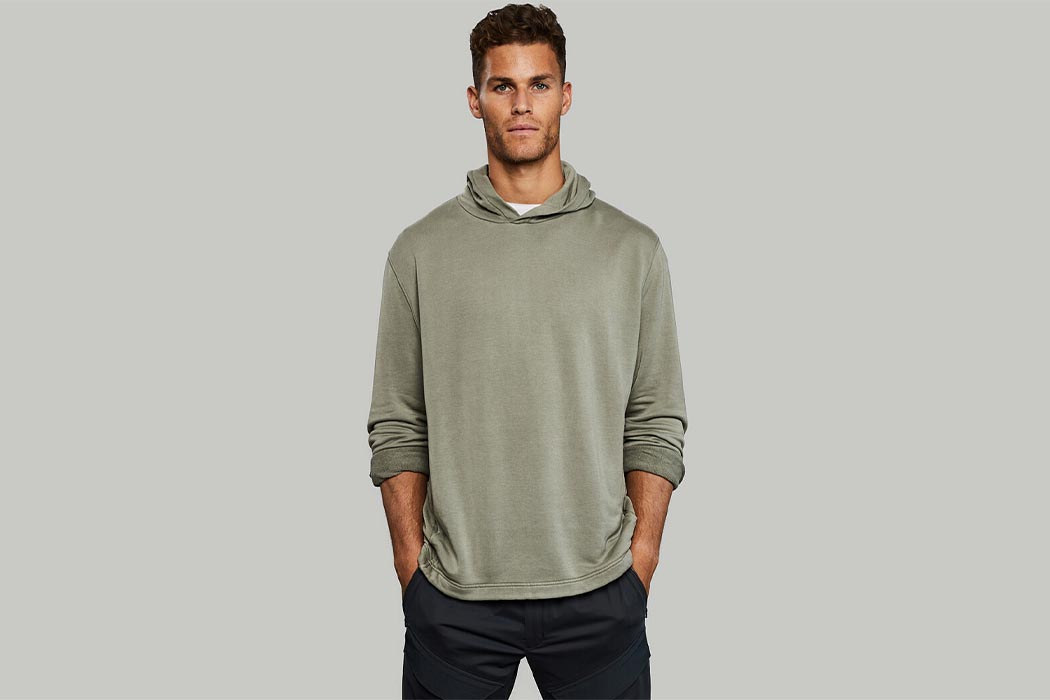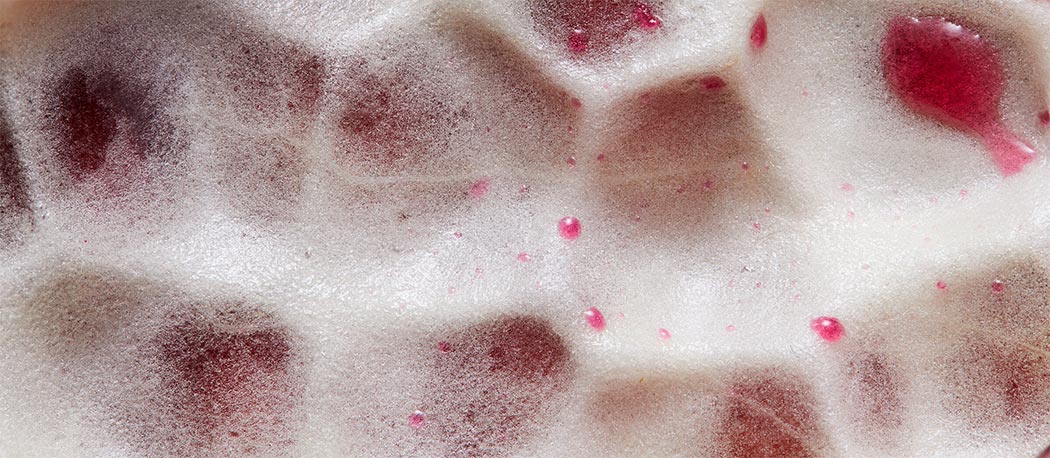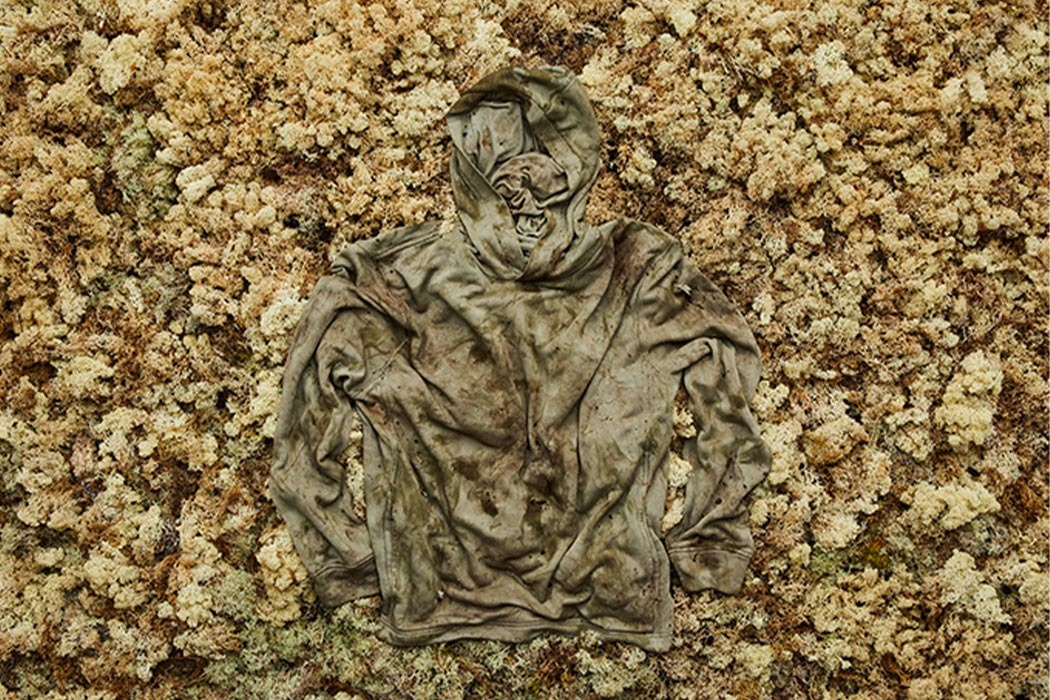This pandemic has got us all feeling like we are stuck between a rock and a hard place but we can turn that metaphor around into a fun stay-at-home activity with the Manuva board – climb those rocks and lift yourself up out of a hard place! Staying indoors for our safety is important but it also has been challenging because we are now working and living in the same place – there is no outlet for our energy or a change of scenery to give ourselves a break. While gyms have opened up, they still aren’t the safest place compared to working out outdoors. Some of us may be lucky enough to live in places where hiking trails or rock climbing is accessible, but everyone doesn’t have that option but the Manuva board brings it to them – why should you have to sacrifice the joy of outdoor activity because of where you live?
The best part about the Manuva board is that it doesn’t need any fixtures and hangs freely, so you can use it in your rental apartments too without losing that security deposit. The hangboard brings rock climbing and training to the comfort of your home without any renovations or permanent changes to your interiors. It was designed to make rock climbing accessible to everyone and to facilitate daily training at home because it is expensive to always pay for your sessions in recreational sports arenas. “We aimed to deliver a product that was simply designed, reliable, durable, and most importantly something we loved using,” says the team.
When you aren’t able to get to real rocks, hangboarding is one of the best ways to maintain and increase your grip strength and upper body power. Every athlete knows that daily training is how you reach your full potential and also keep it at that level. Its range of holds goes from 15 mm to 60 mm with two 20-degree slopers at the top that let you take your training up a notch with incremental progression. Even if you are not an athlete, the Manuva board is a great way to release stress and switch up your exercise routine with something challenging and different. It is extremely easy to install with no drilling, screwing, or permanent fixturing so you can take it along with you anywhere you even on extended trips. It is fully adjustable and has been made to fit a variety of door widths (so it doesn’t matter if you ever move from America to Japan, it will work!), all you have to do is use the quick release clamp to set the desired width and tighten the rear screw to lock it in place.
It has a modular frame crafted from anodized aluminum (an eco-friendly metal that can be 100% recycled!) which can be separated to make it portable as well as easy to store. The rest of the Manuva board is made from Poplar wood which keeps it lightweight and strong. Poplar also makes it visually appealing because it has a consistent grain texture throughout and a warm, minimal aesthetic. It is also a fast-growing tree that needs significantly less water which makes it a sustainable choice for wood-based product designs. In fact, Poplar trees are known to be a carbon sink because they can absorb up to 140 liters of carbon dioxide from the air – the effects are carried on even in a finished Poplar wood product. Overall the hangboard has a natural and organic finish which is also gentle on your skin to reduce the chances of hand blisters. It also has eco-friendly cork pads installed on the back to protect your walls
To wrap it up – literally – the Manuva board comes in a sustainable packaging design made from recycled cardboard and molded paper pulp. We love a design that is mindful about your home, your body, and the environmental impact.
Designers: Robert Moore, Jacob Griffiths & Hugo Martin of WMP Creative
Click Here To Buy Now: $130 $160 ($30 off). Hurry, less than 24 hours left! Raised over $115,000.
Manuva Board
The Manuva Board is a first of its kind, fixture free hangboard that makes training for rock climbing easier than ever before.
Easy Installation
The patent-pending design is quick and easy to install and just as simple to take down, requiring no drilling, screwing or permanent fixturing.
Adjustable Fit
Designed to be fully adjustable, the Manuva Board can fit a wide range of door widths. Set it to your desired width using the quick release clamp and tighten the screw at the rear to lock in place.
A range of holds from 15mm through to 60mm, plus two 20º slopers up top, allows for incremental progression in your training.
Thoughtfully Designed
Made from Poplar wood, the Manuva Board is lightweight and strong, as well as having a consistent grain throughout, allowing for a hand-sanded finish that delivers a natural feel whilst also being gentle on your skin.
Eco-friendly cork pads installed on the rear help protect your walls from any marks. And the durable frame is made from aluminum, designed to stand the test of time as well as deliver an incredible strength to weight ratio.
Click Here To Buy Now: $130 $160 ($30 off). Hurry, less than 24 hours left! Raised over $115,000.
